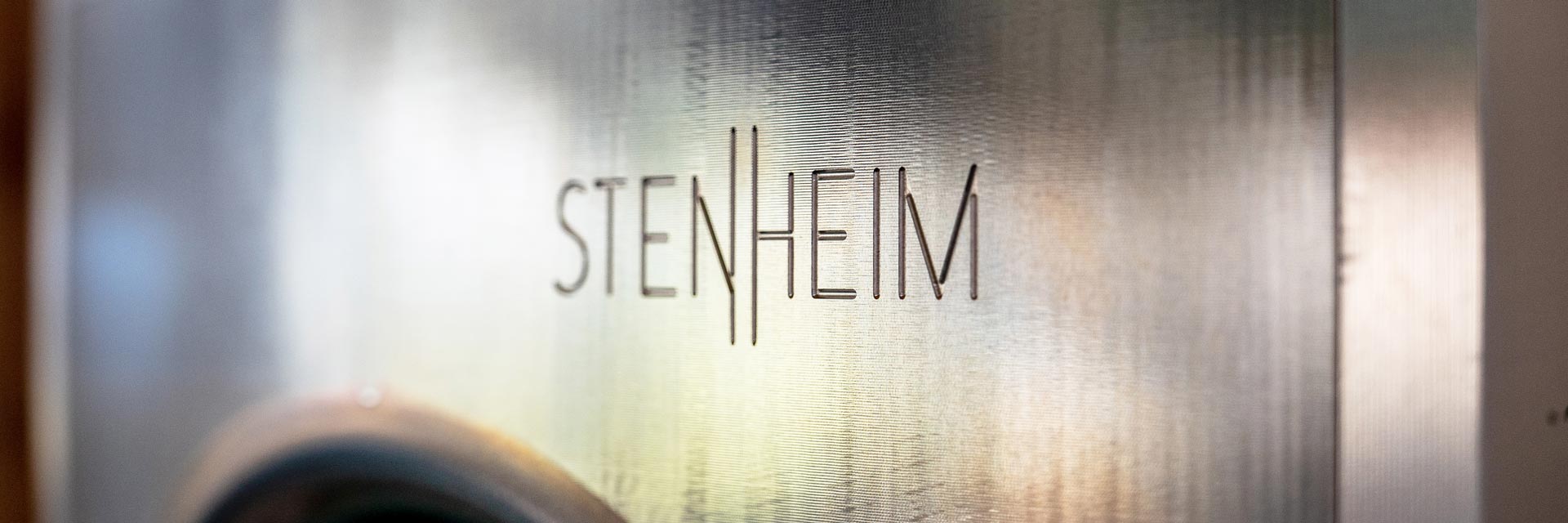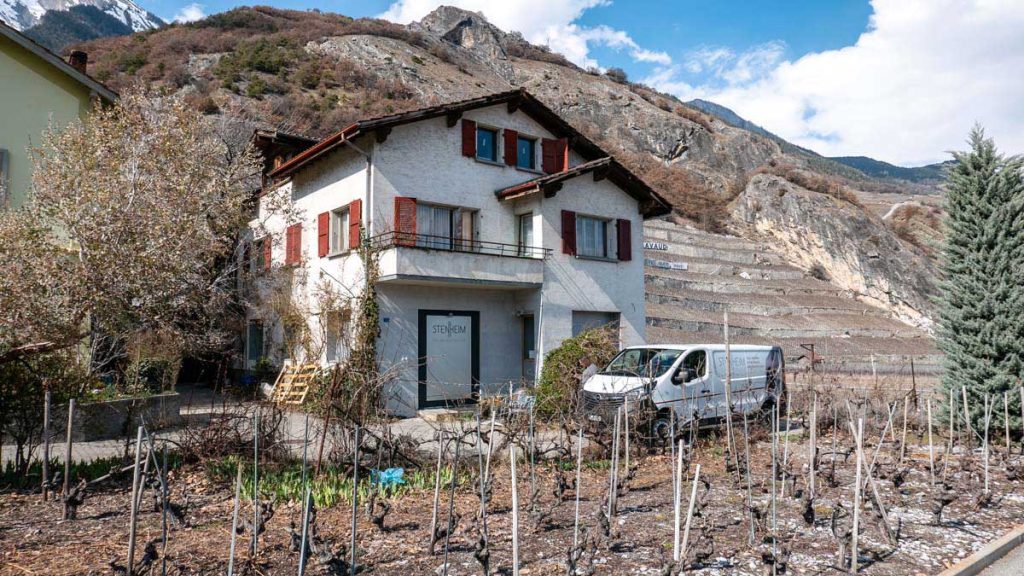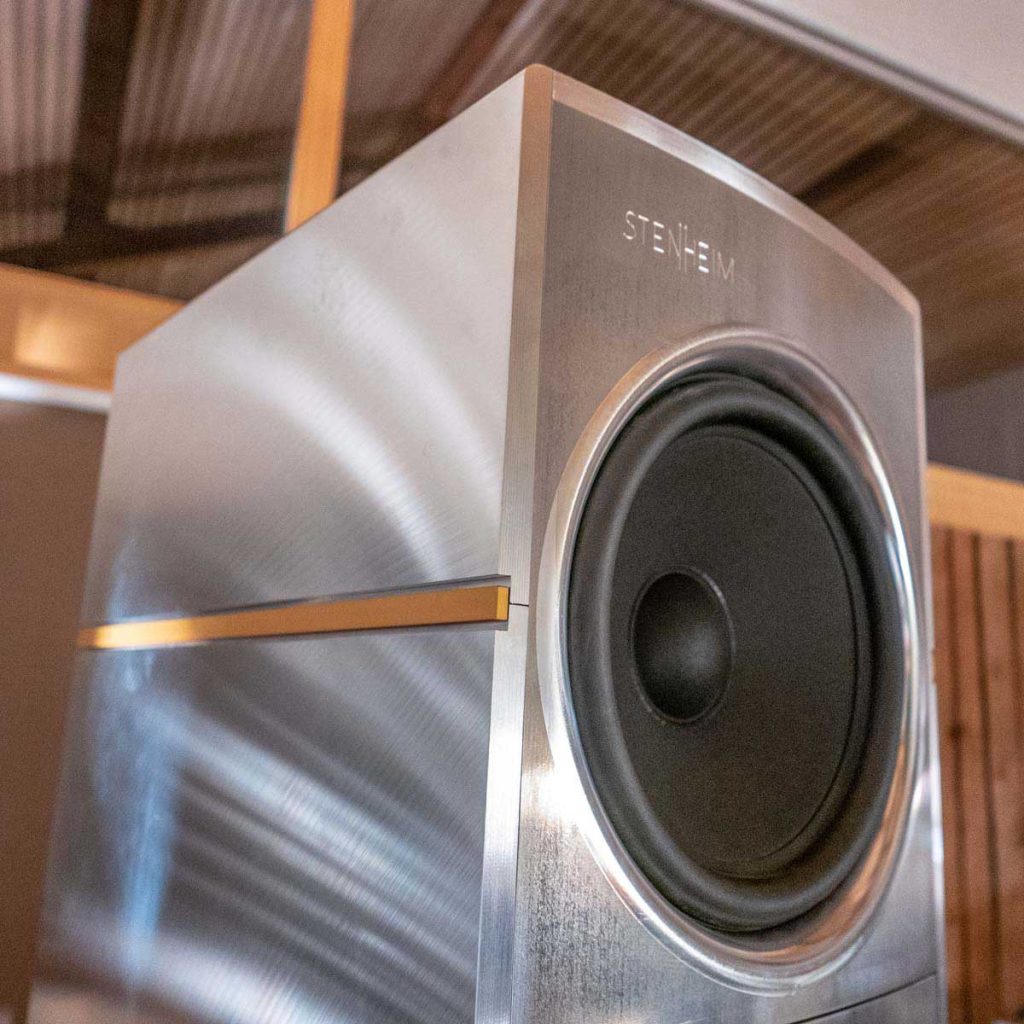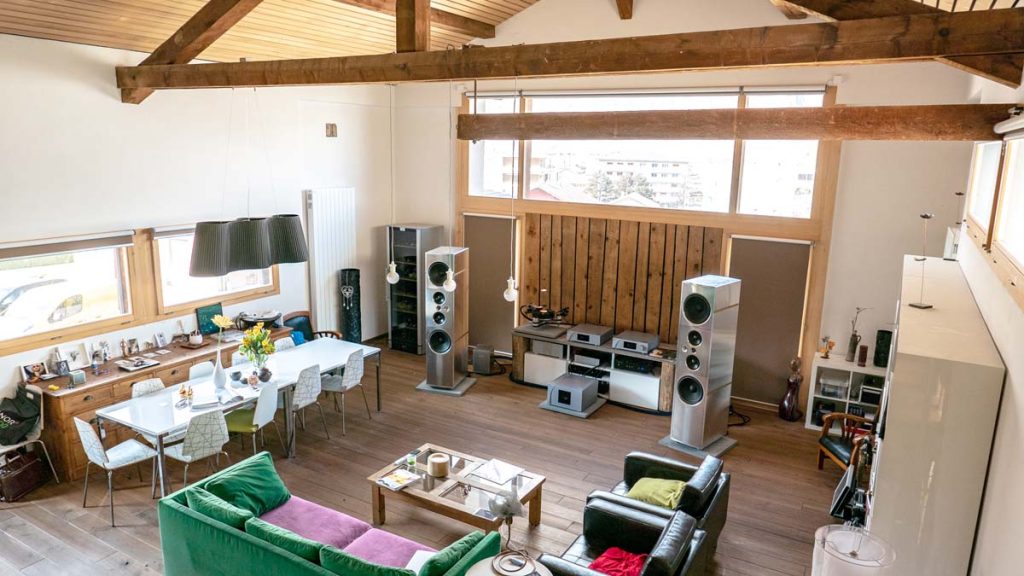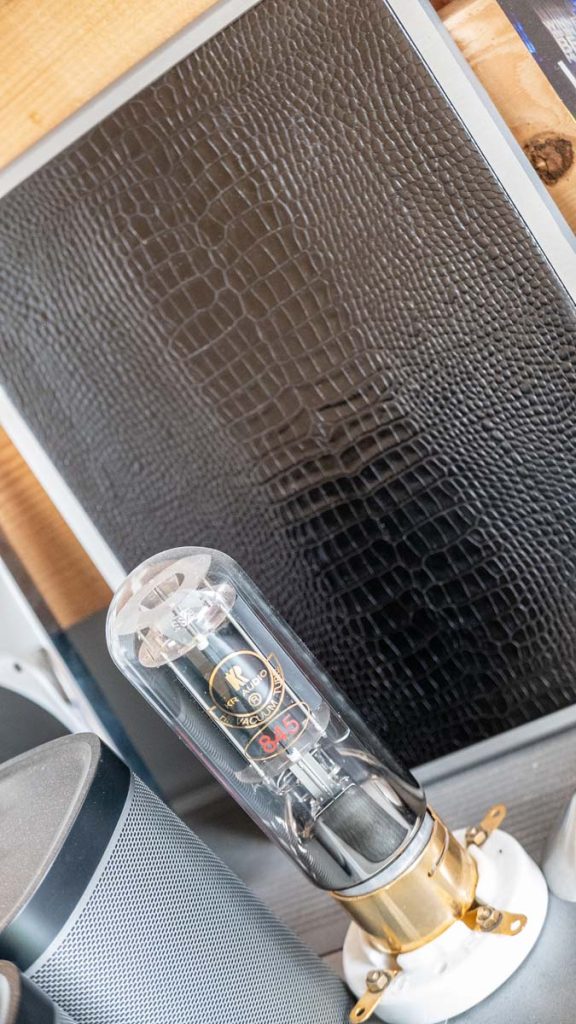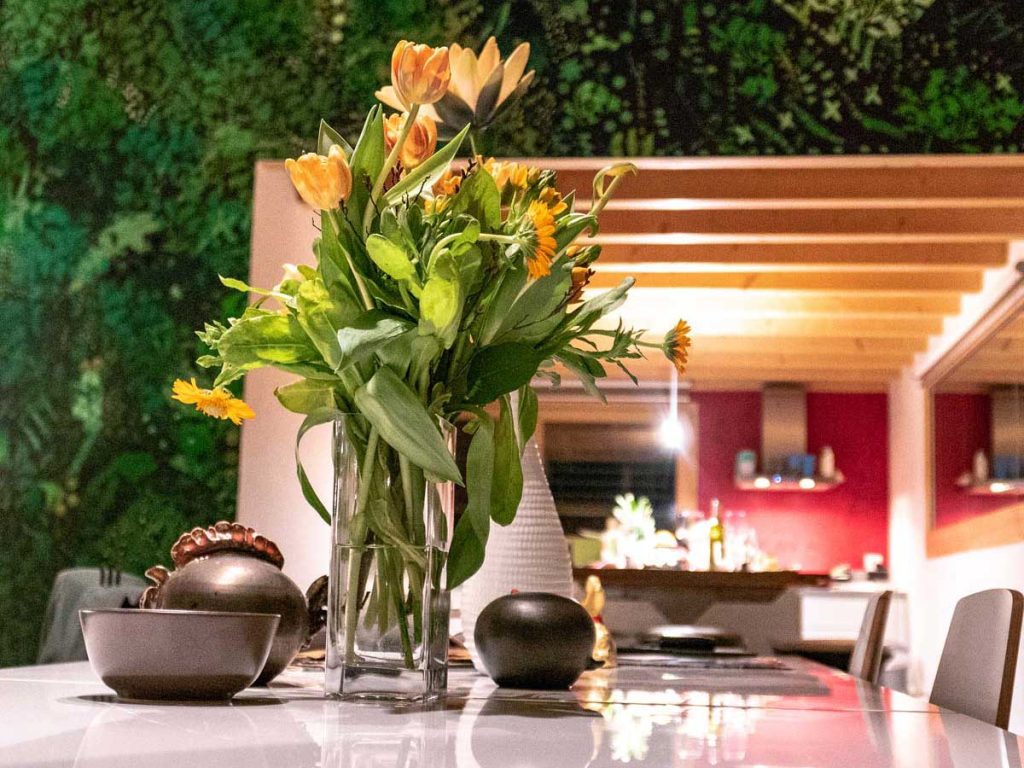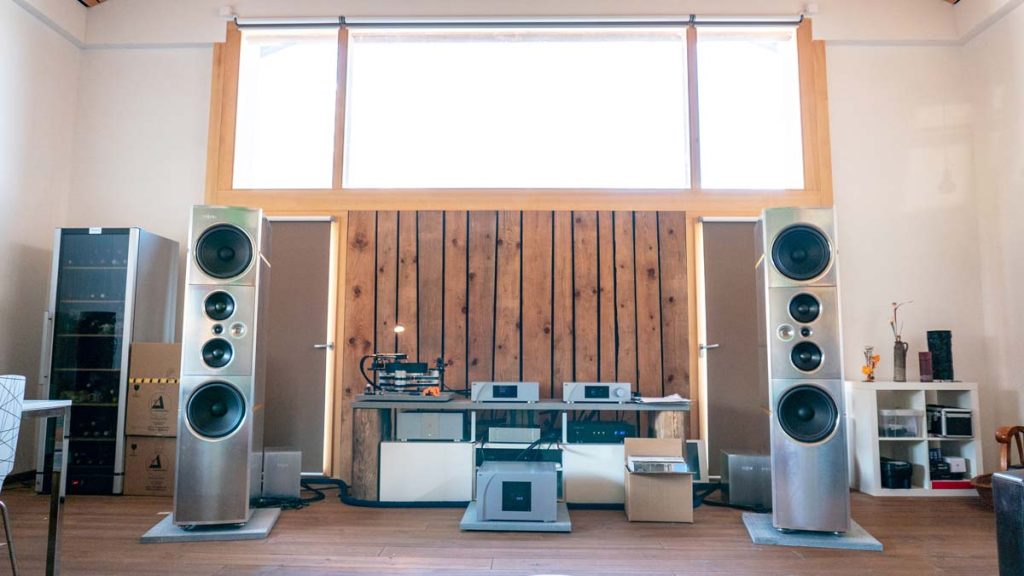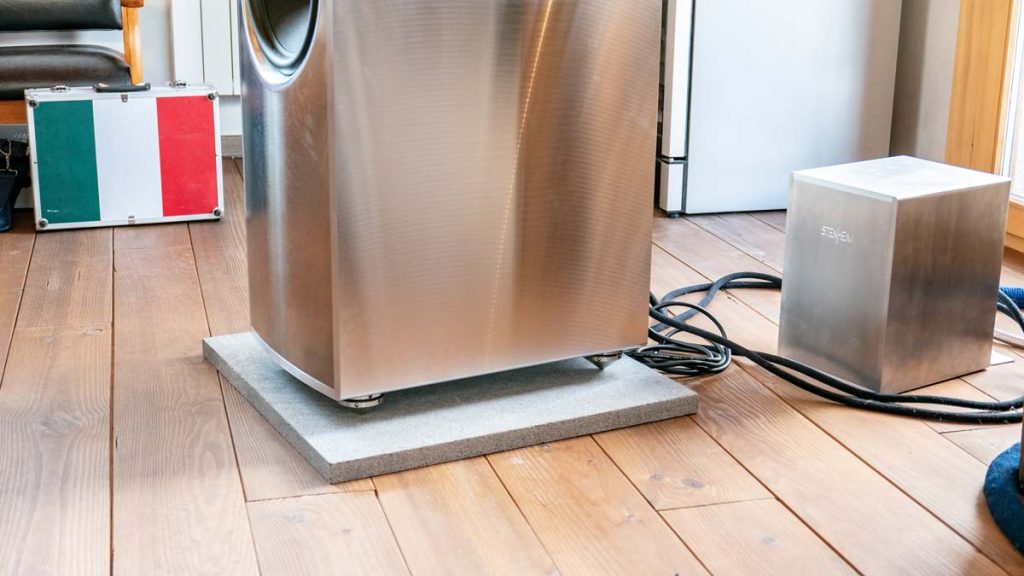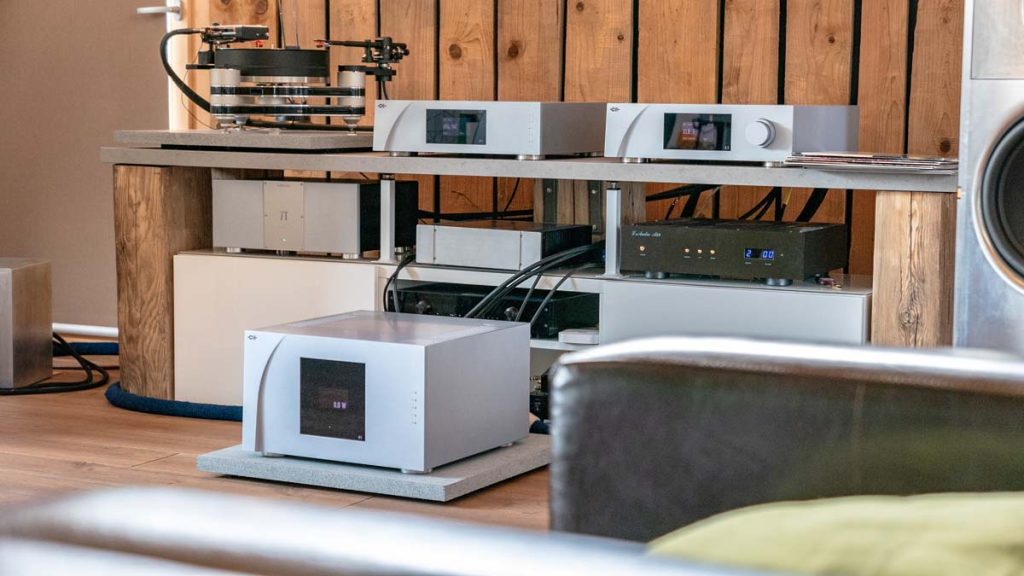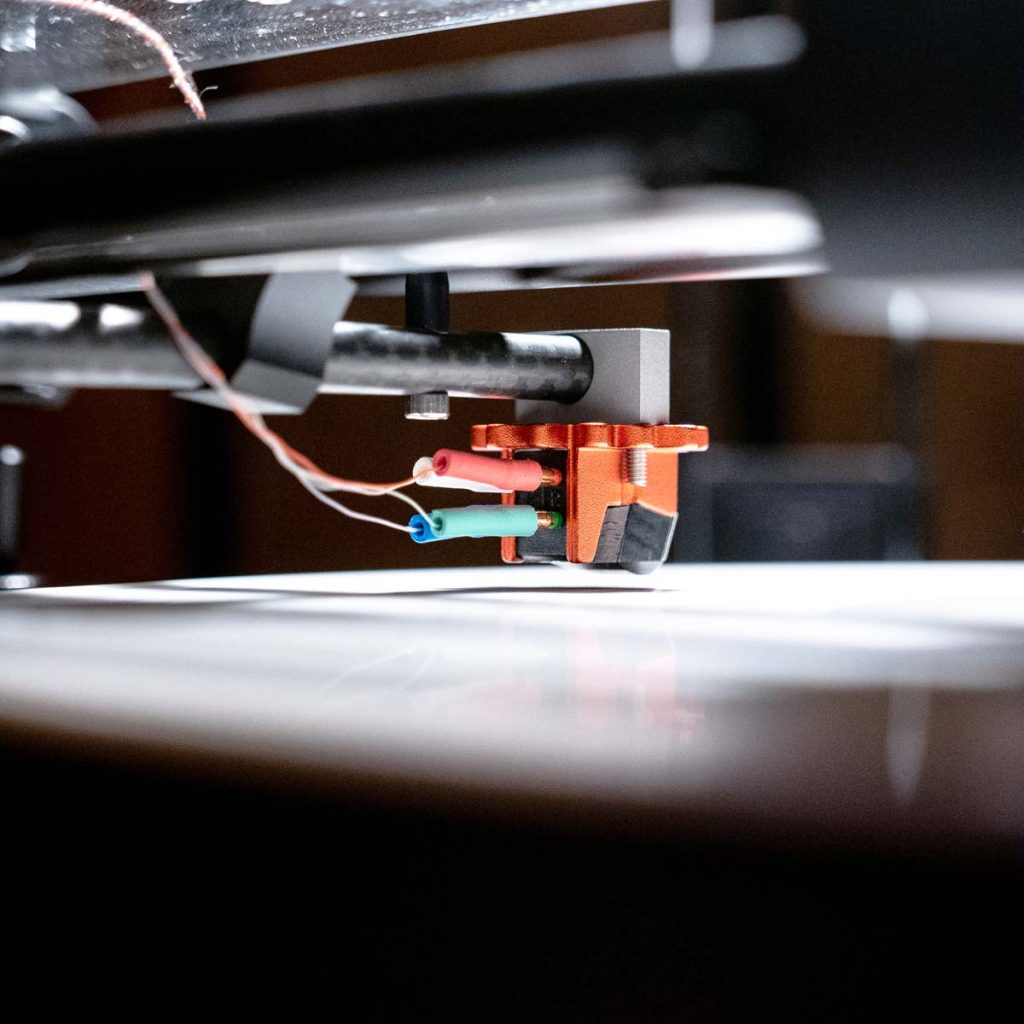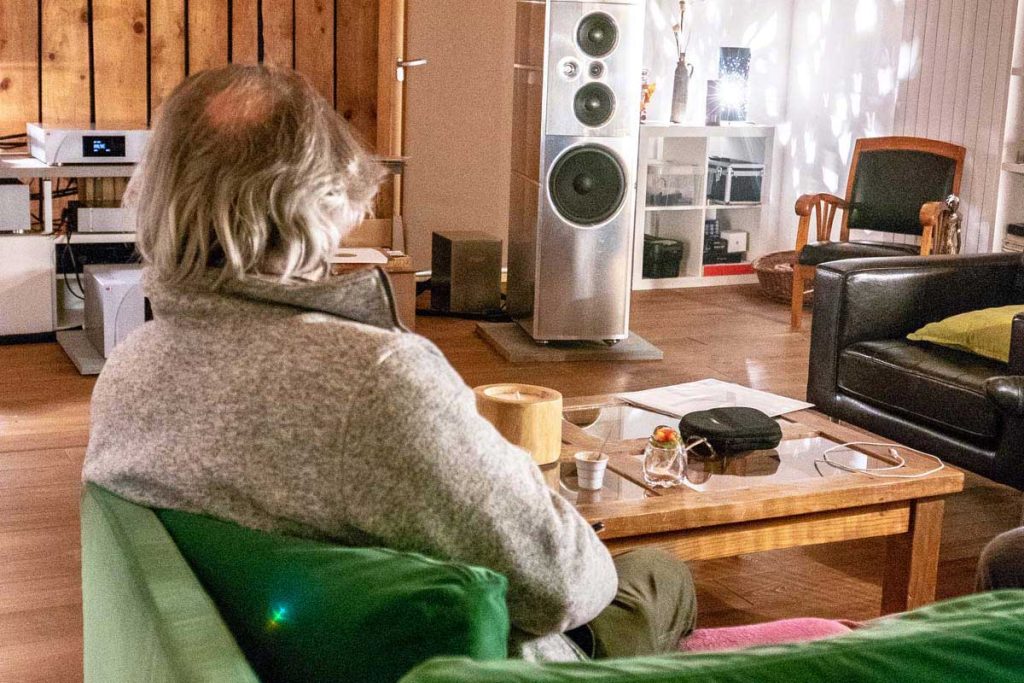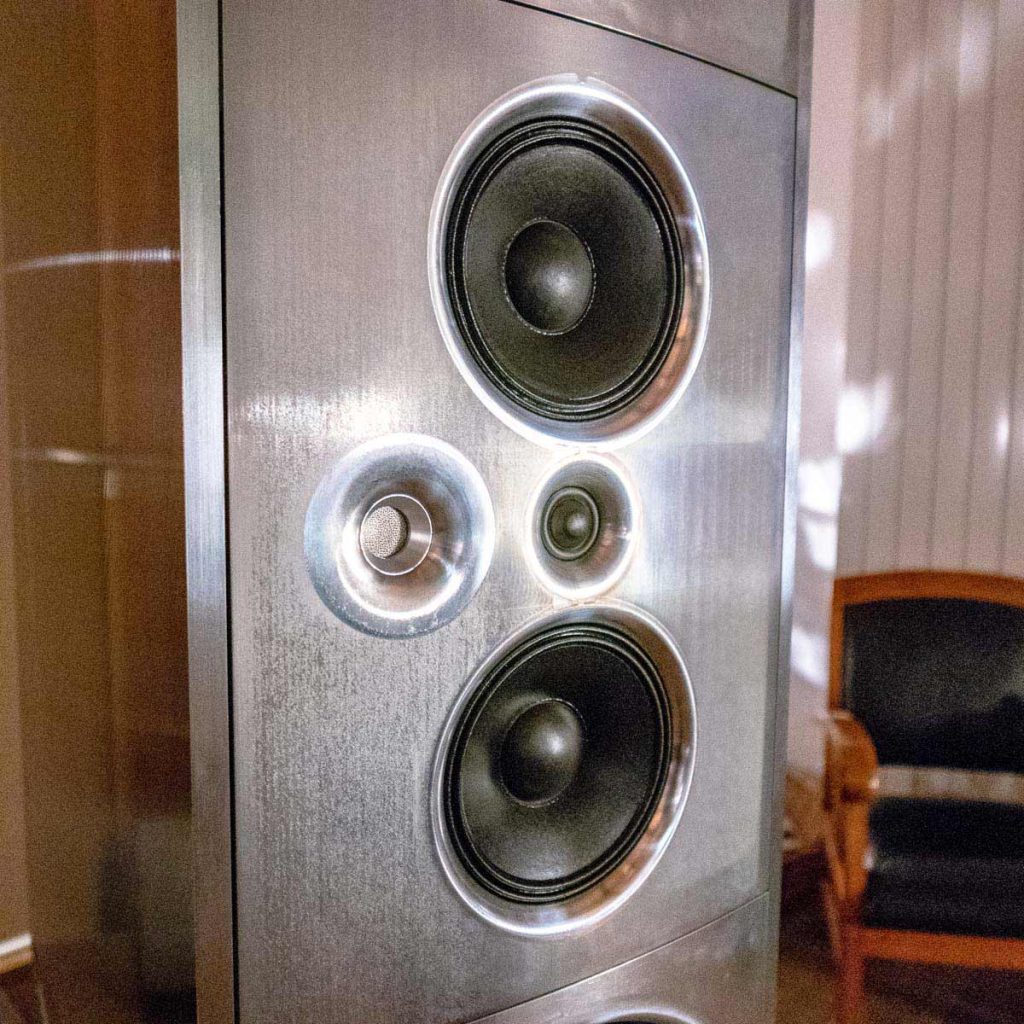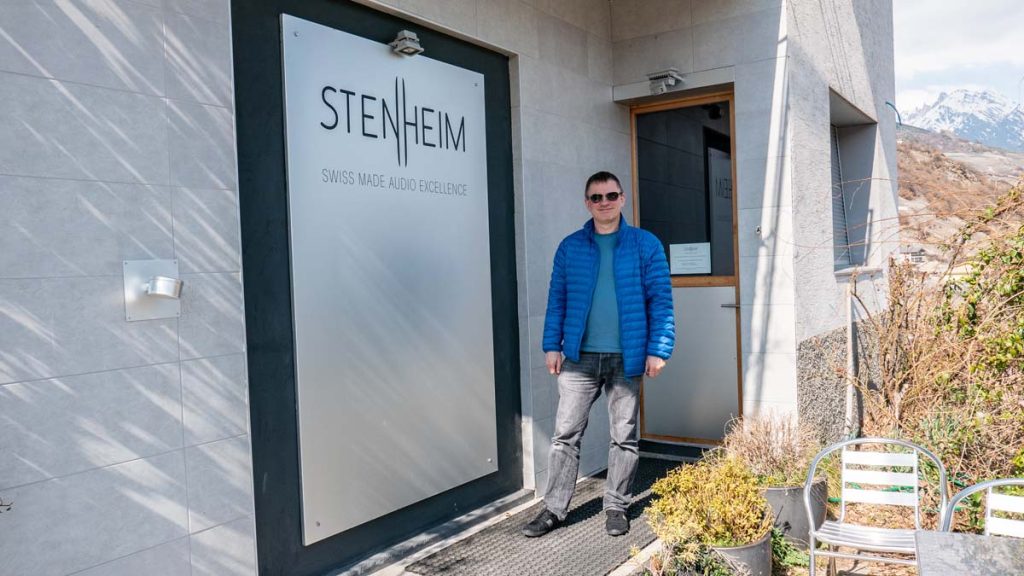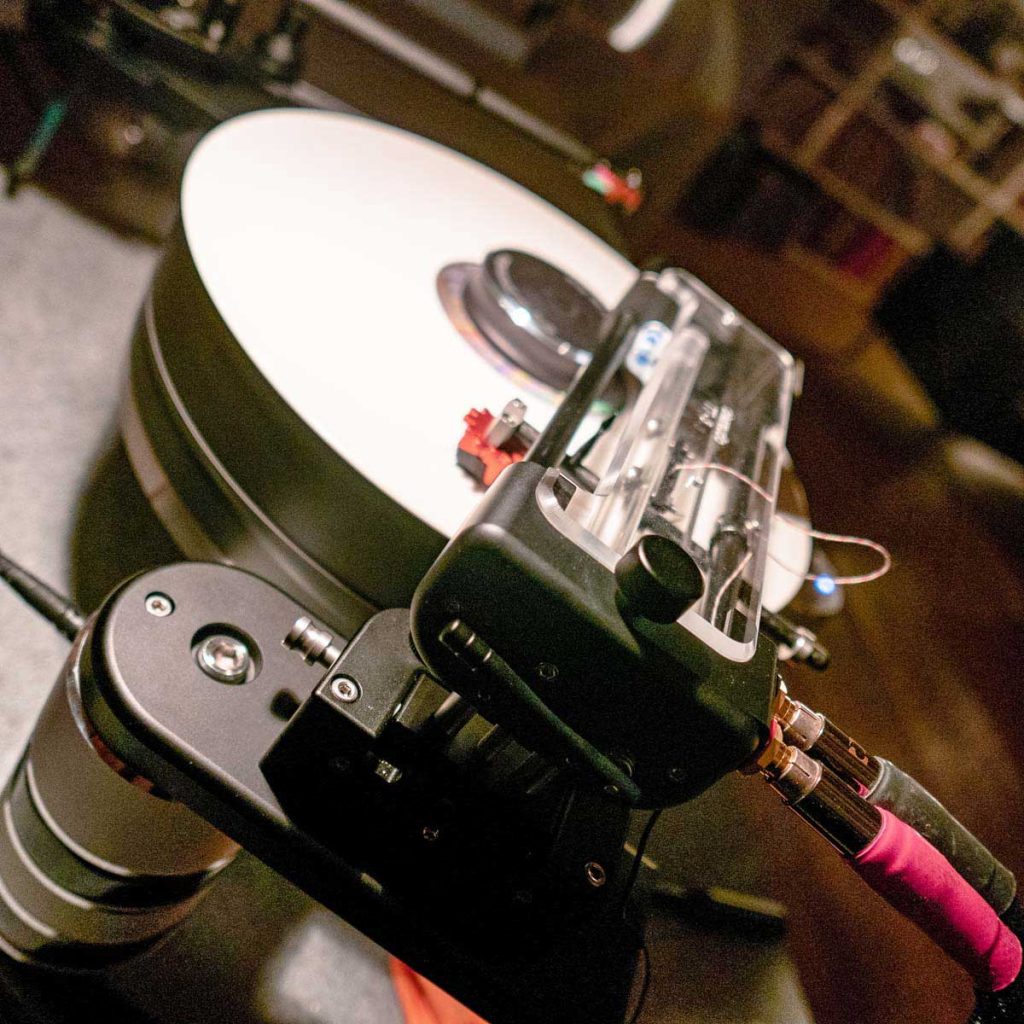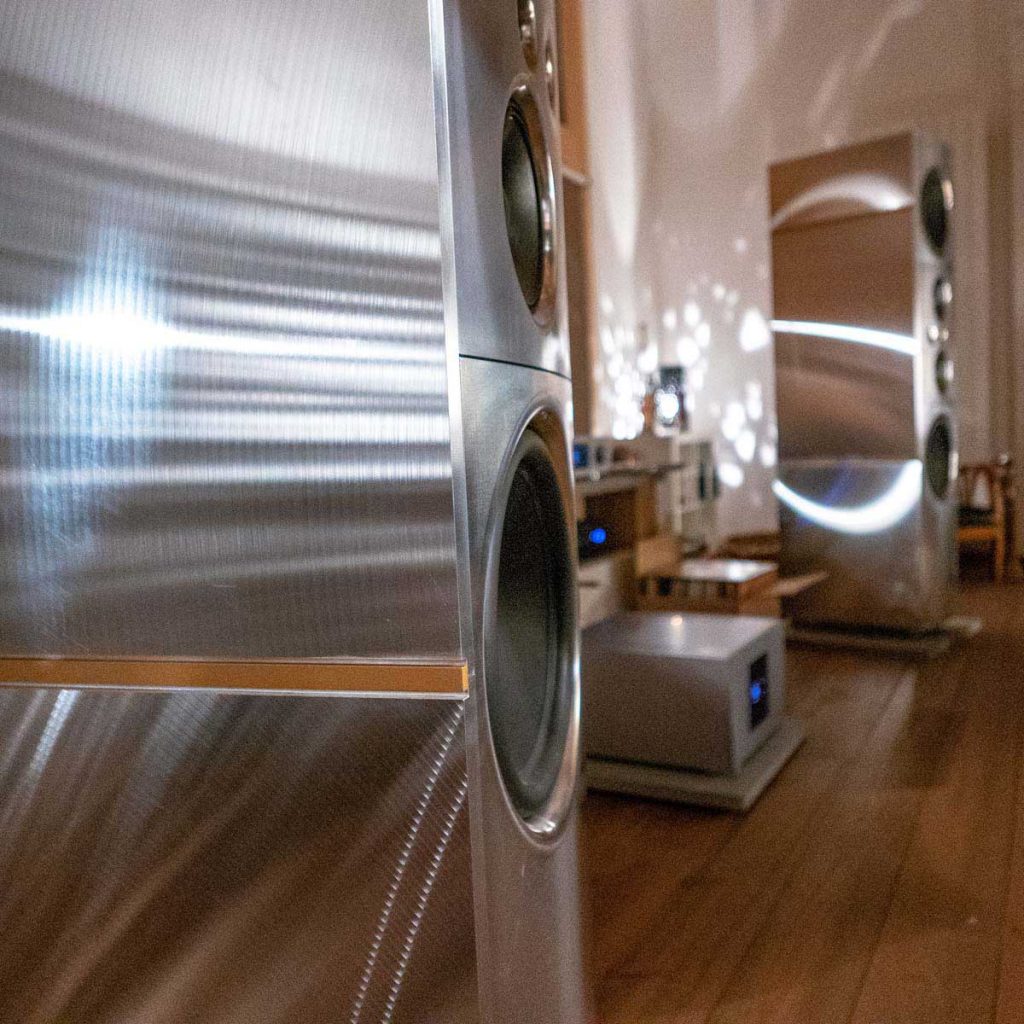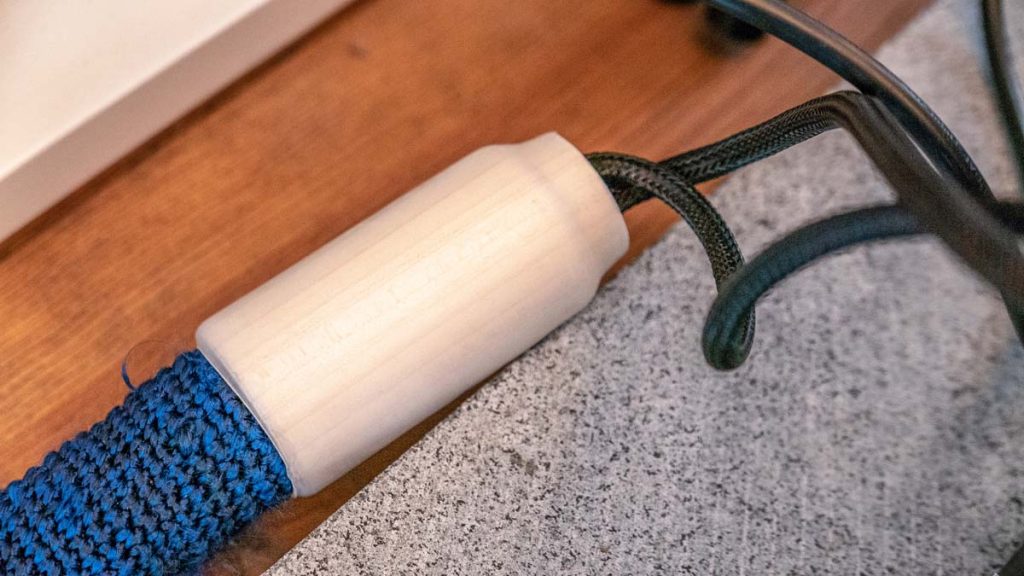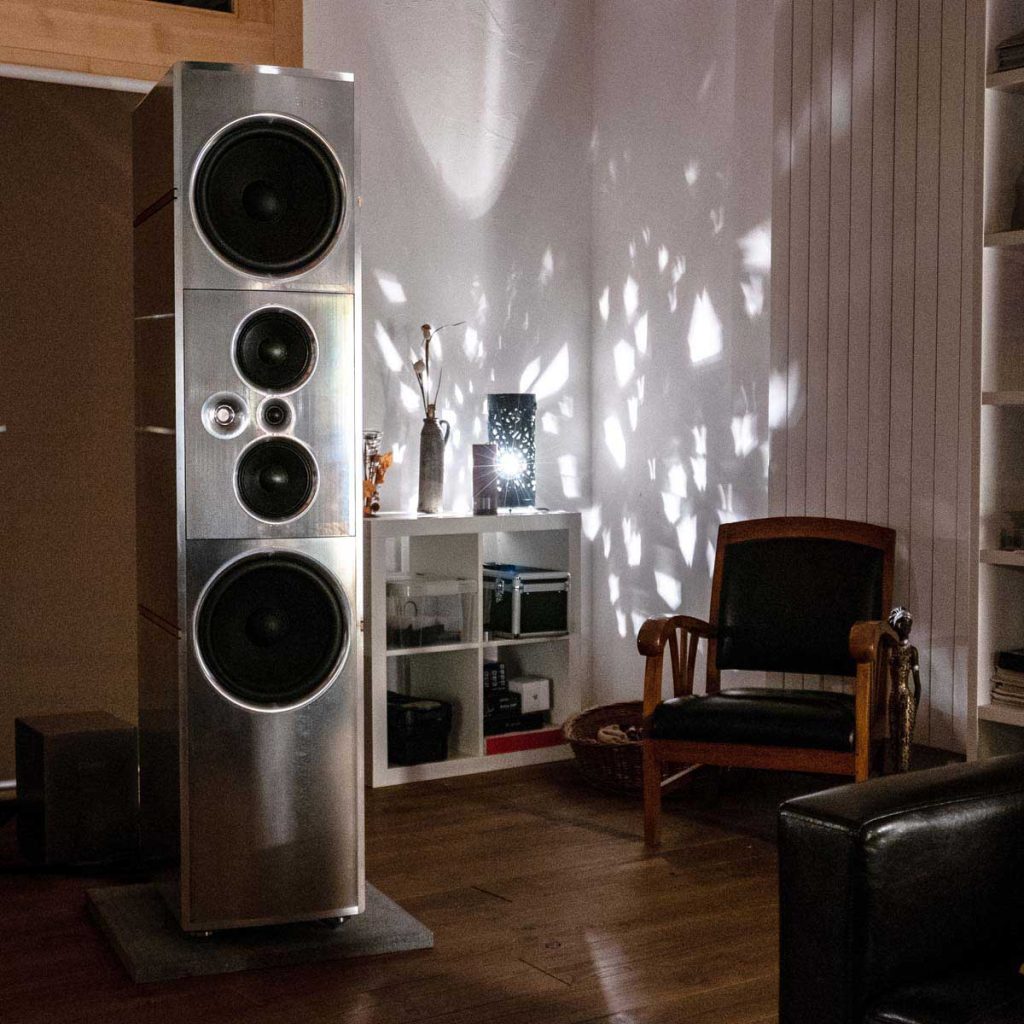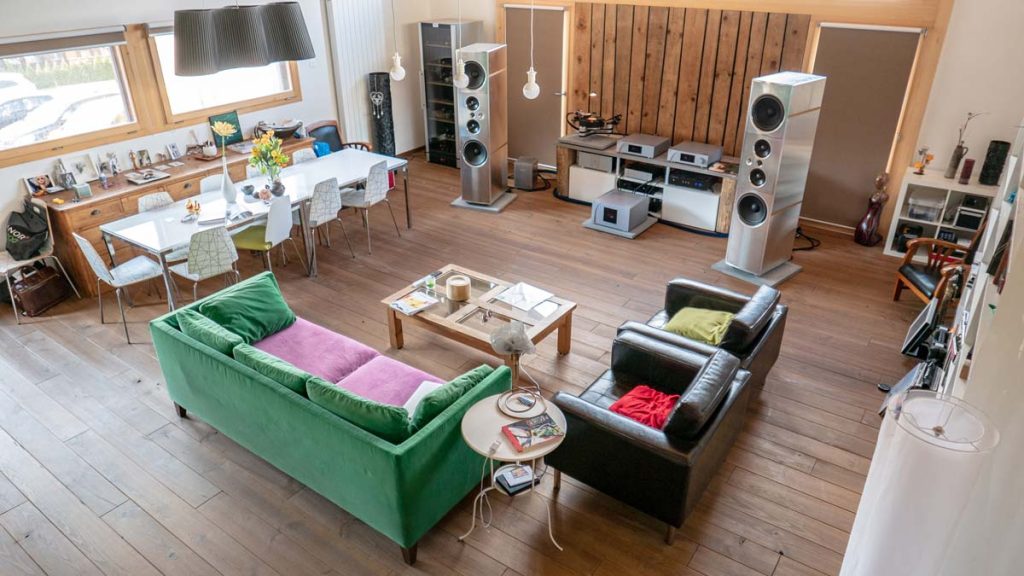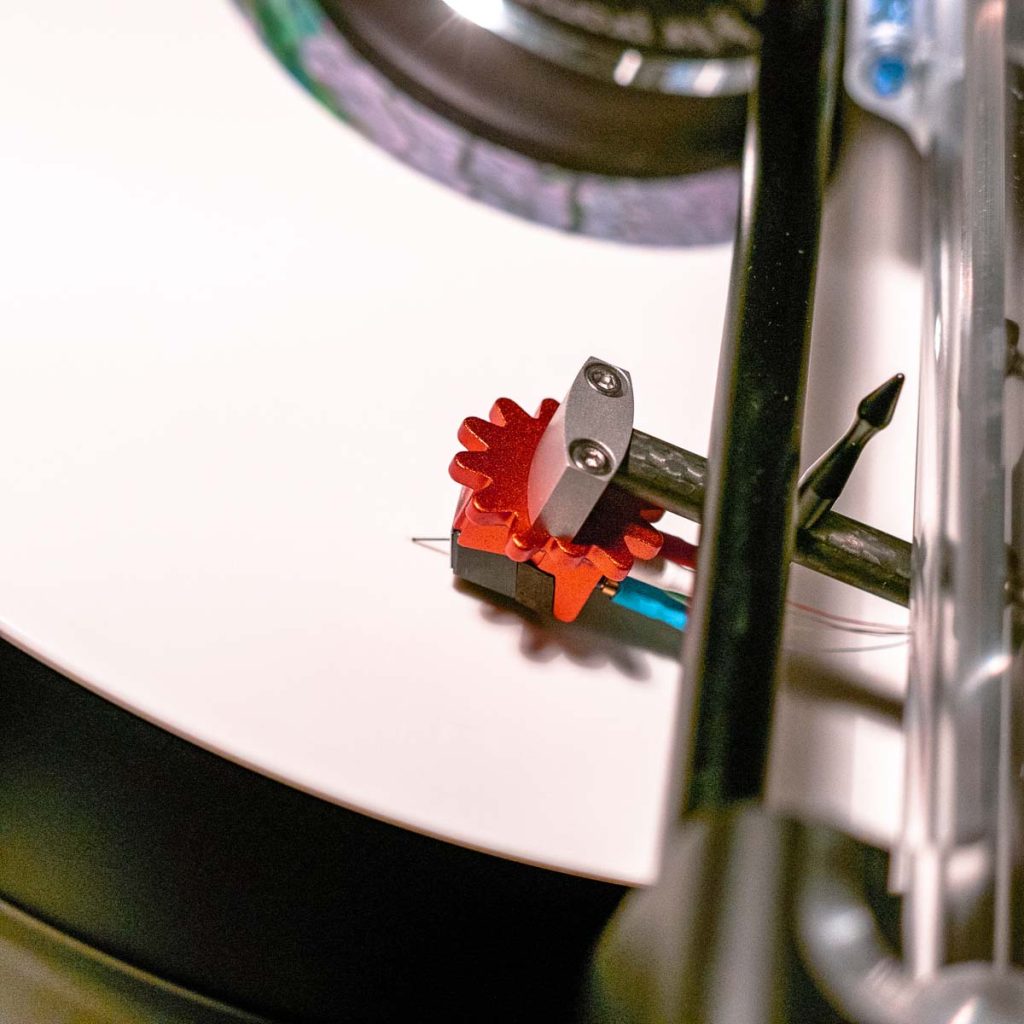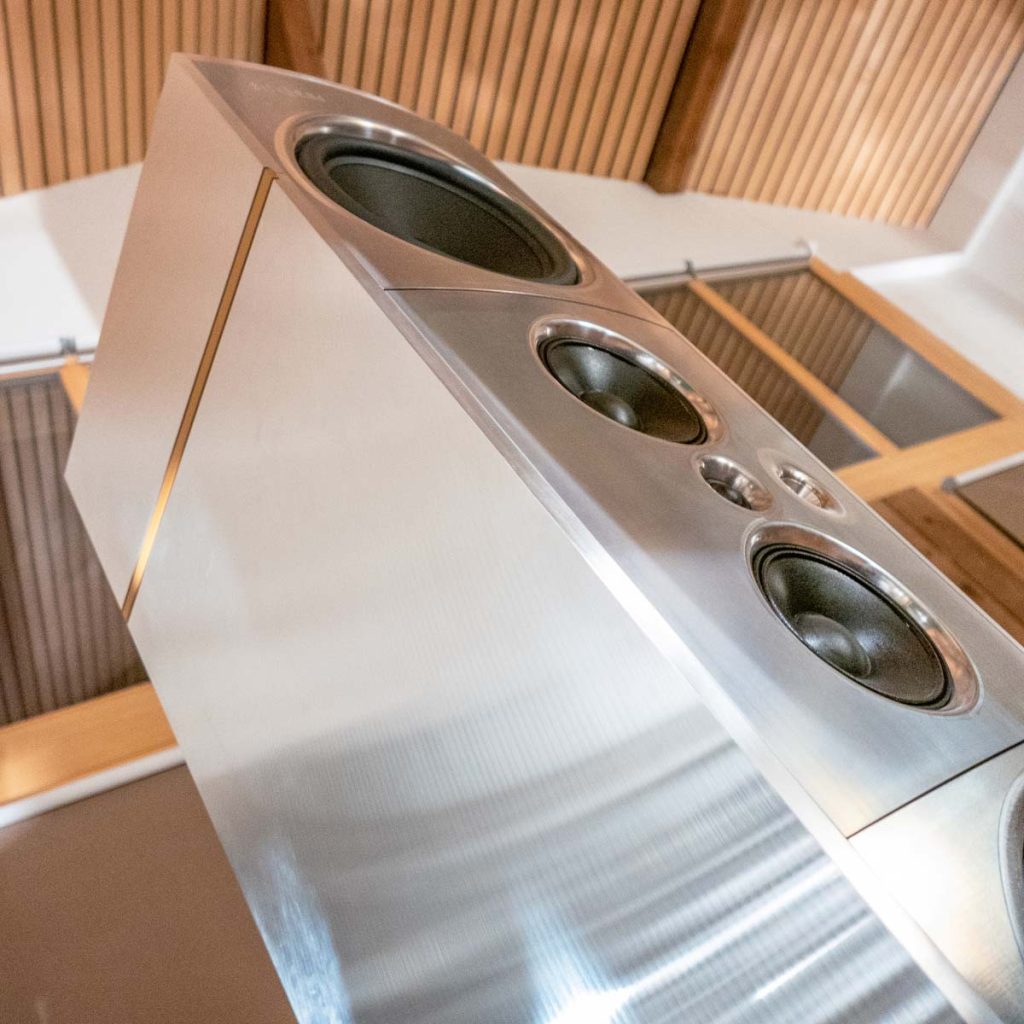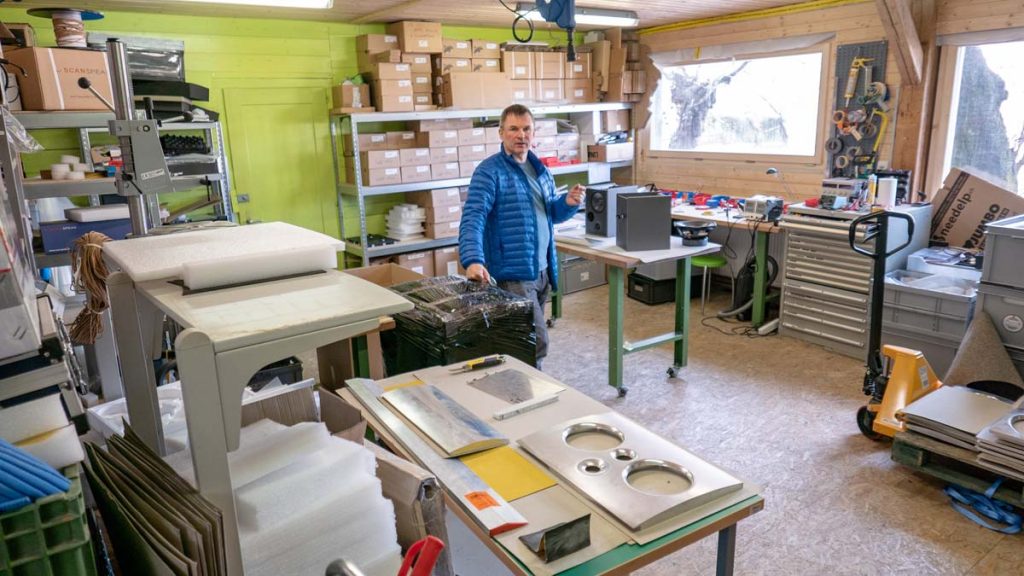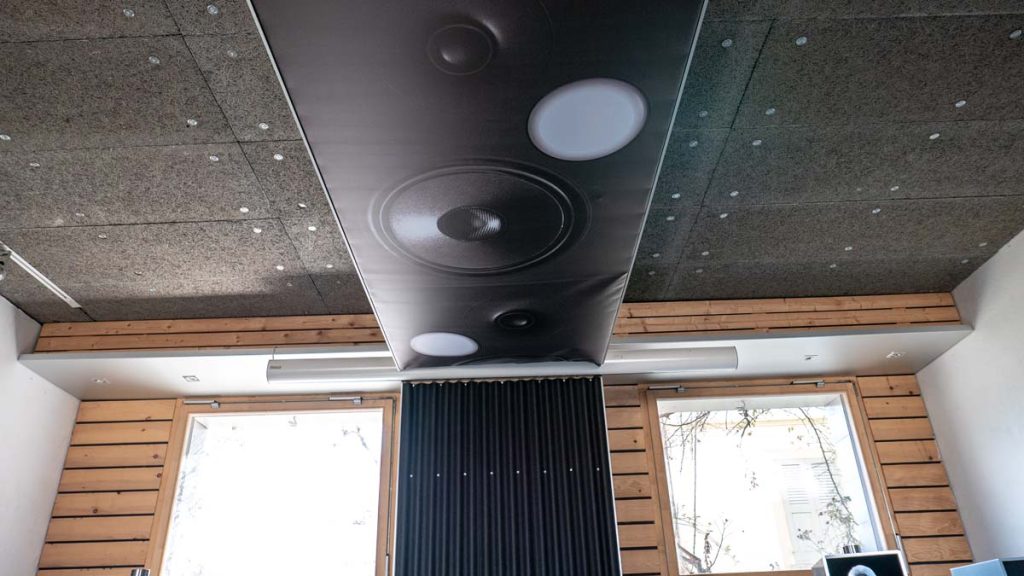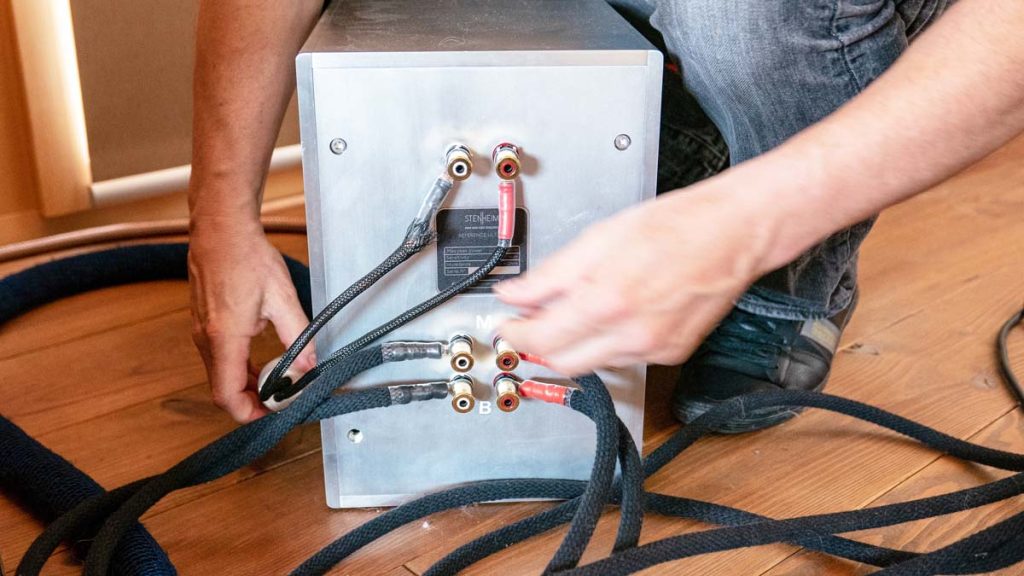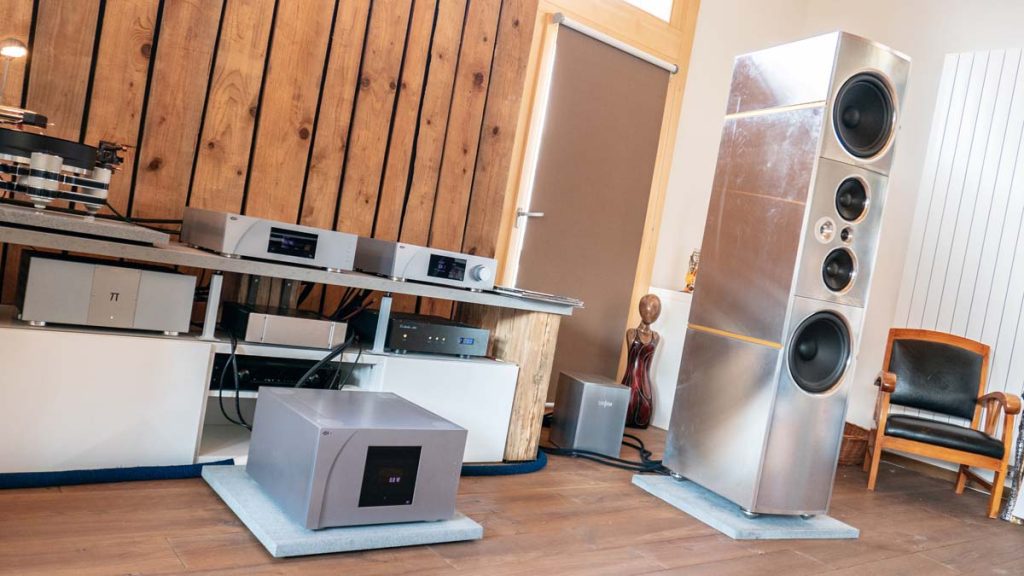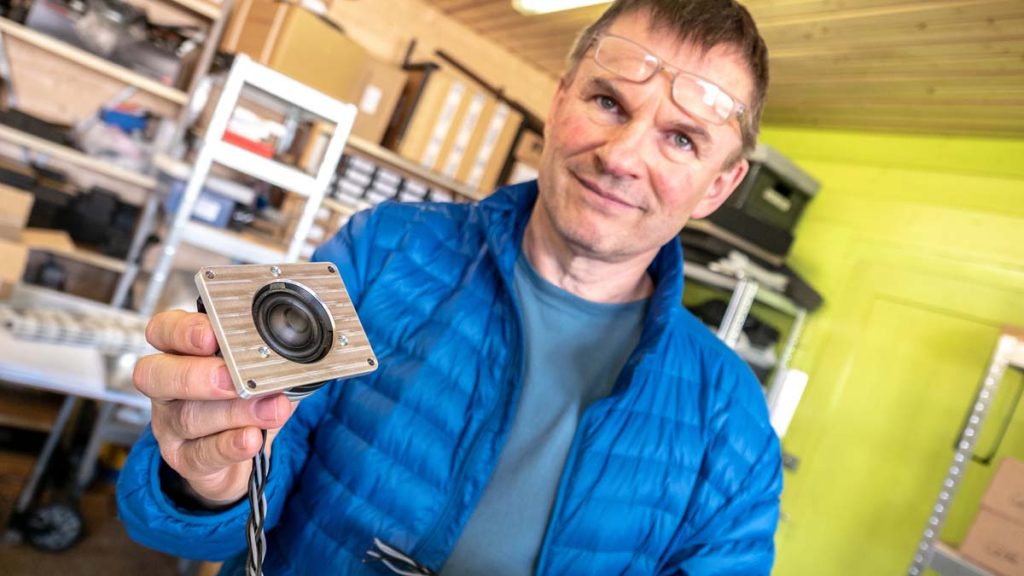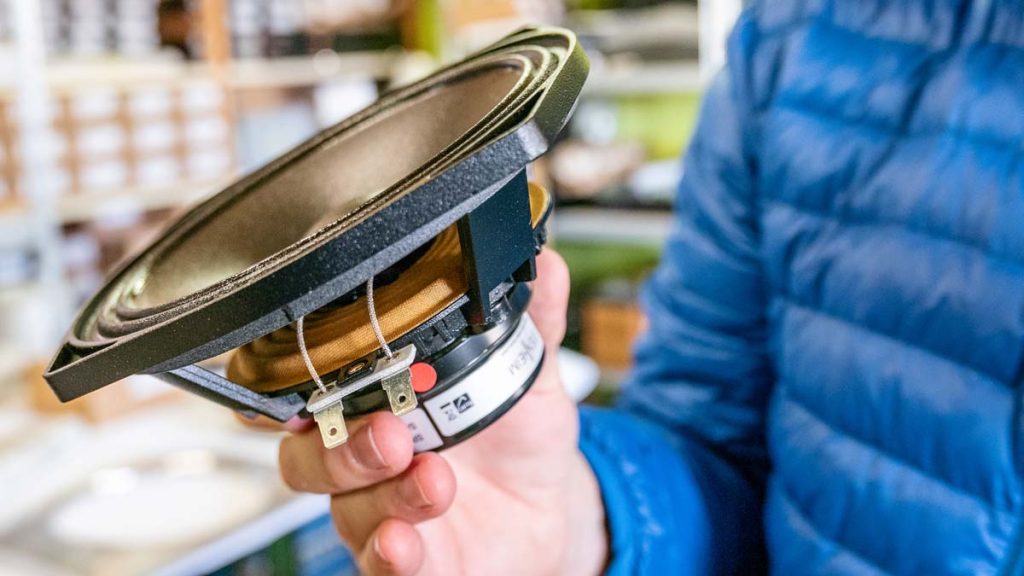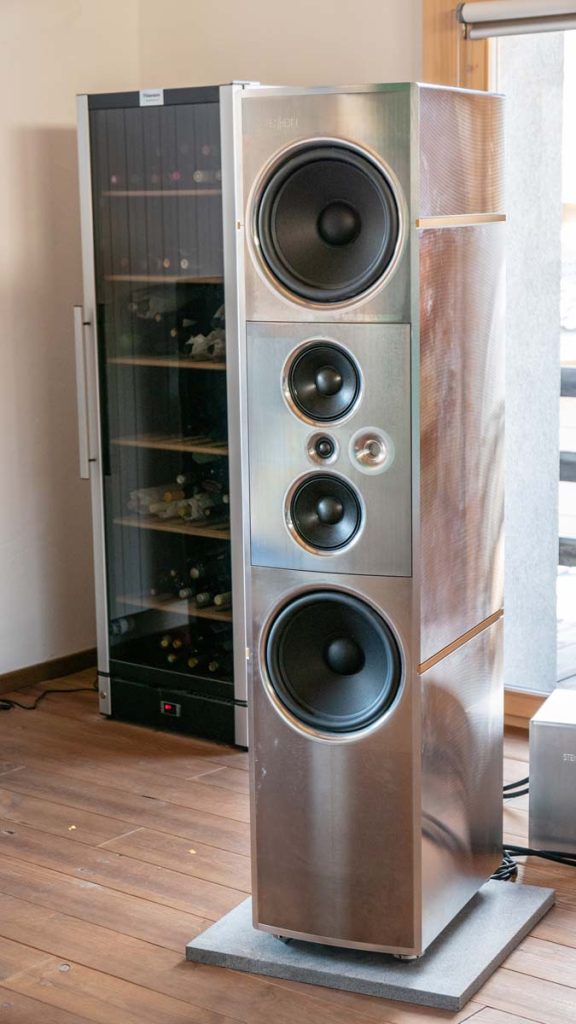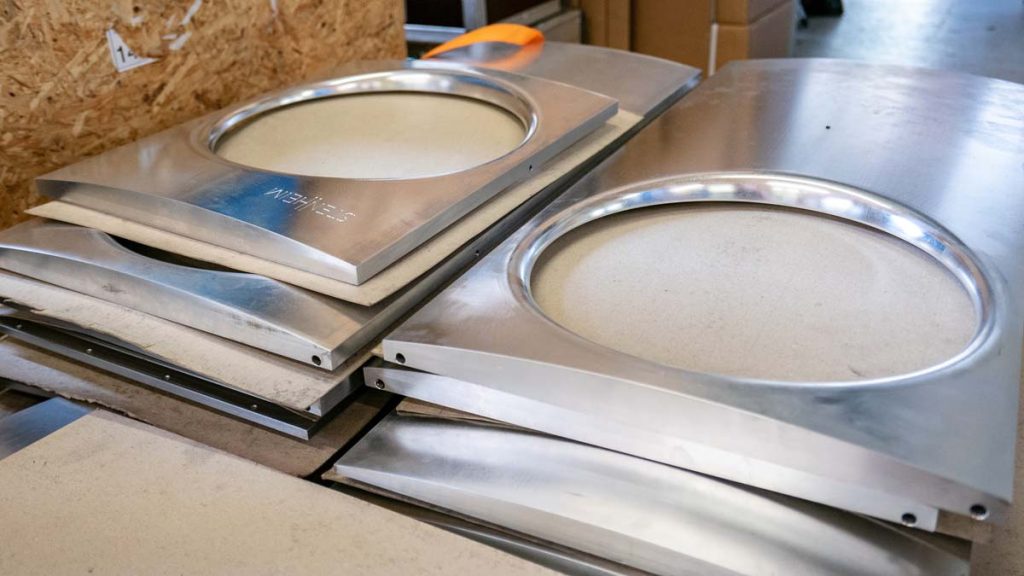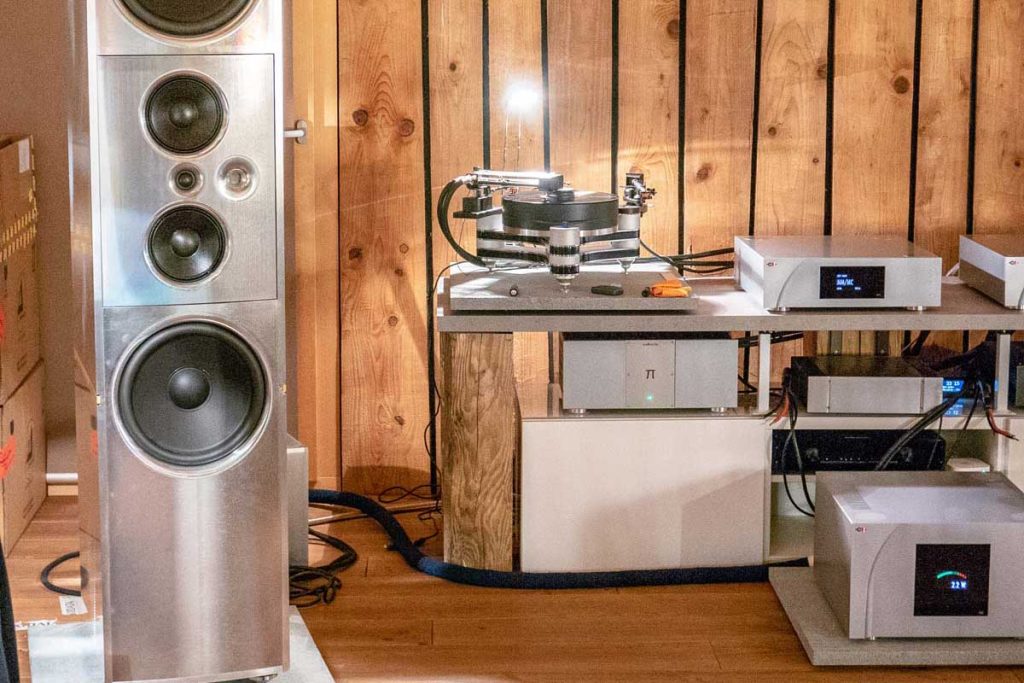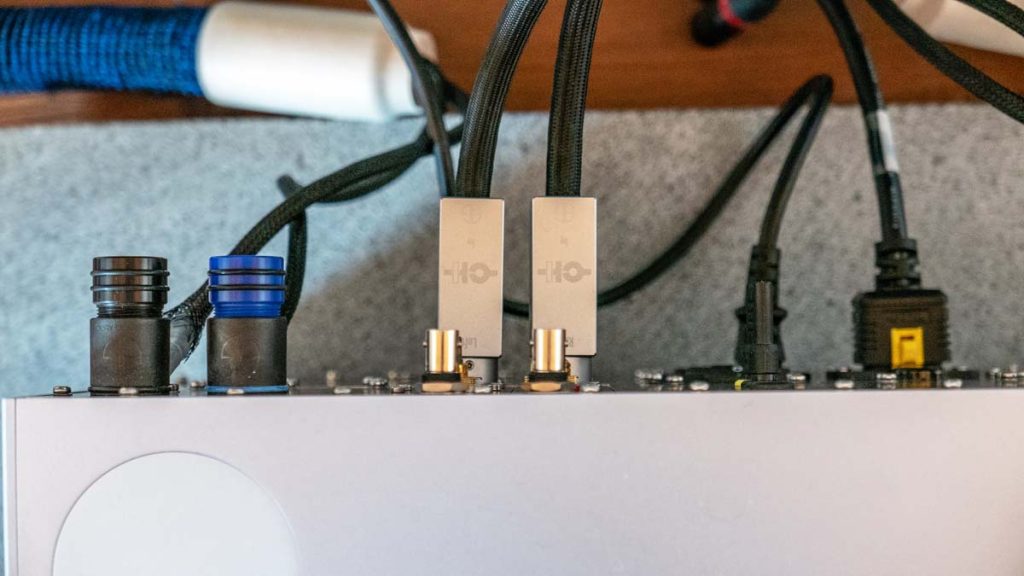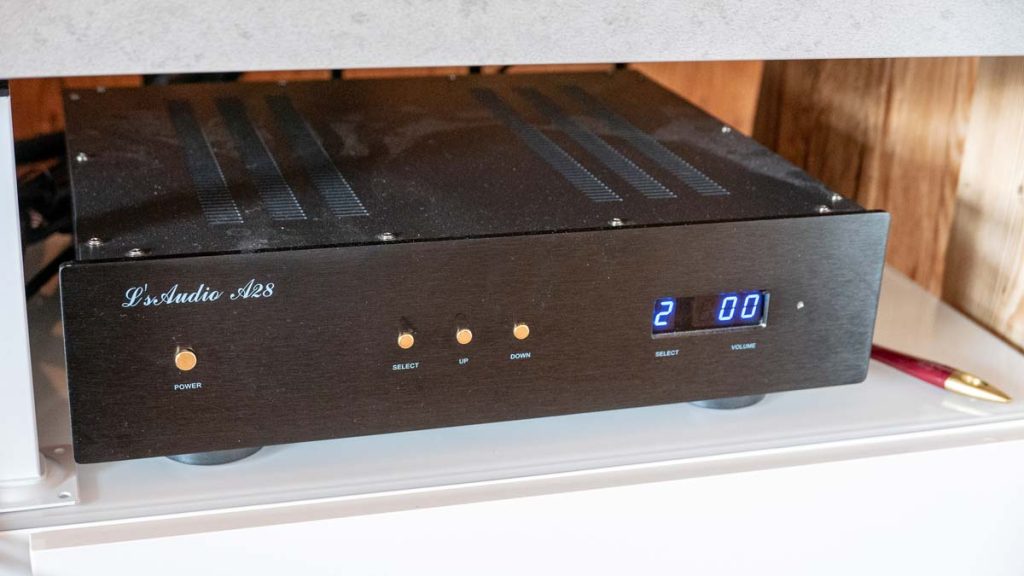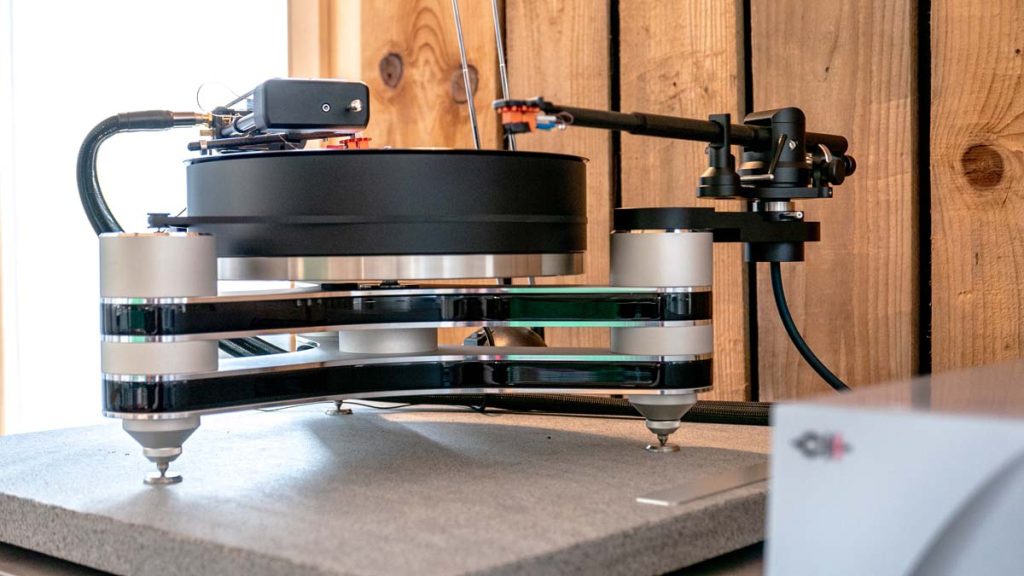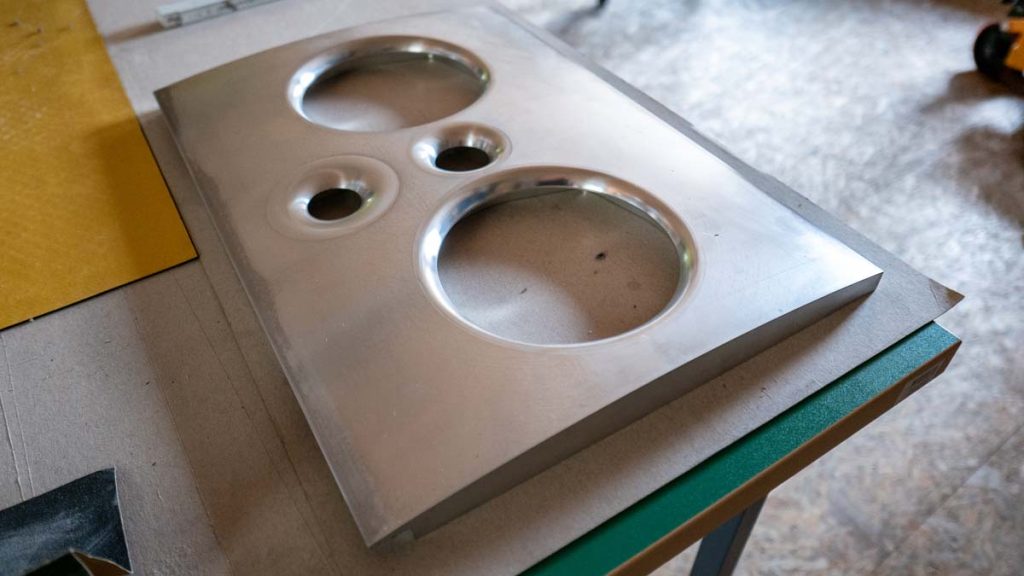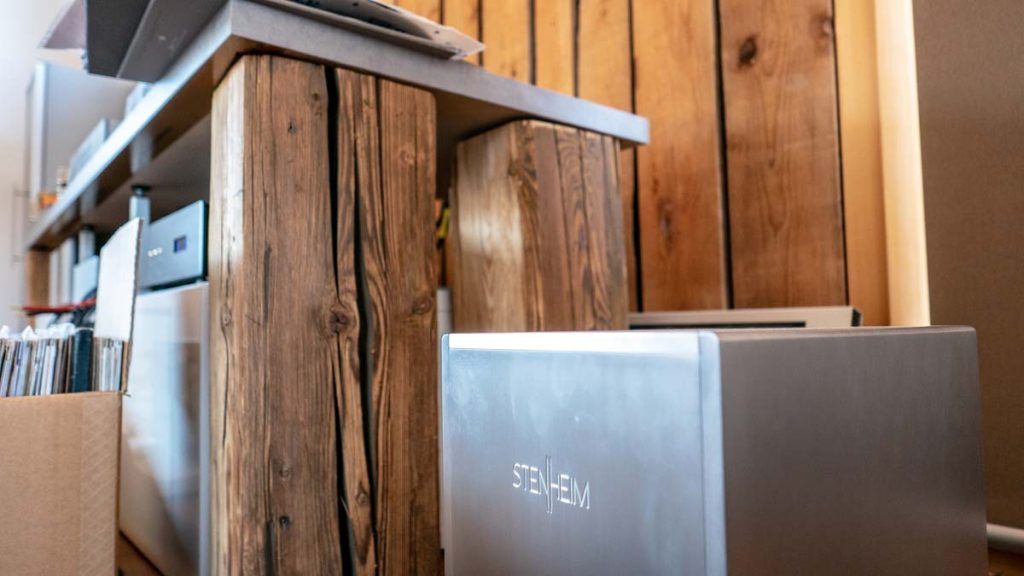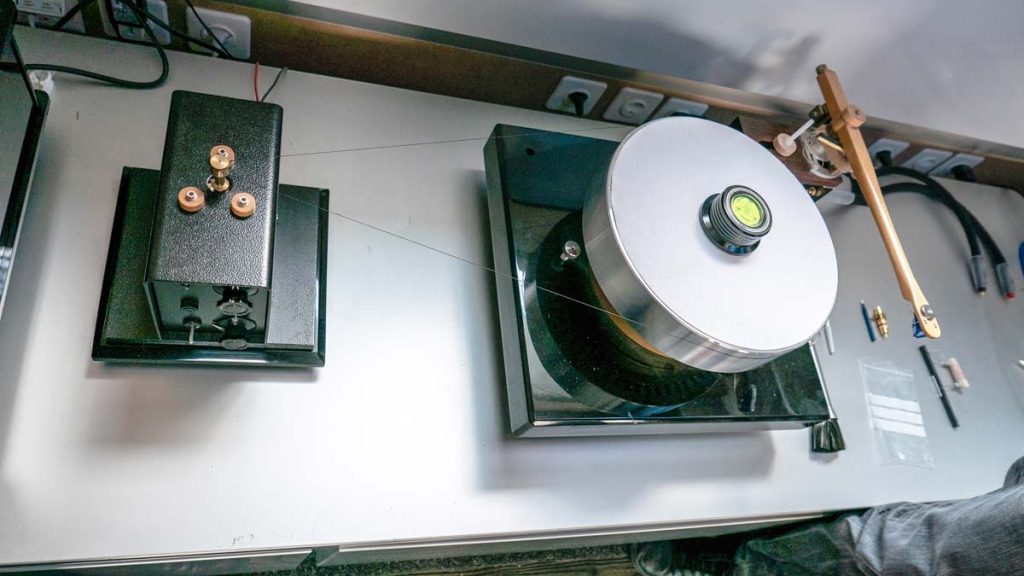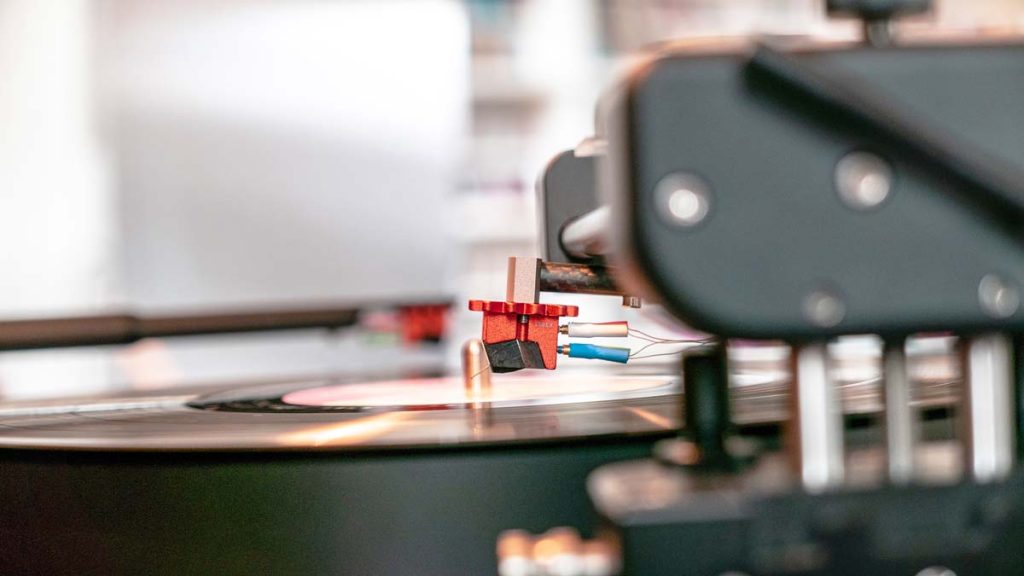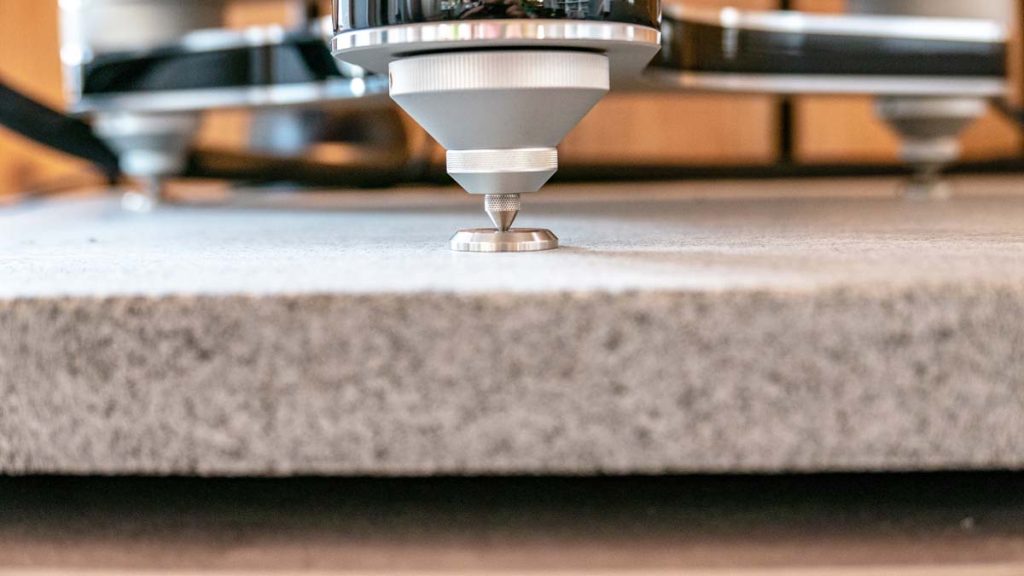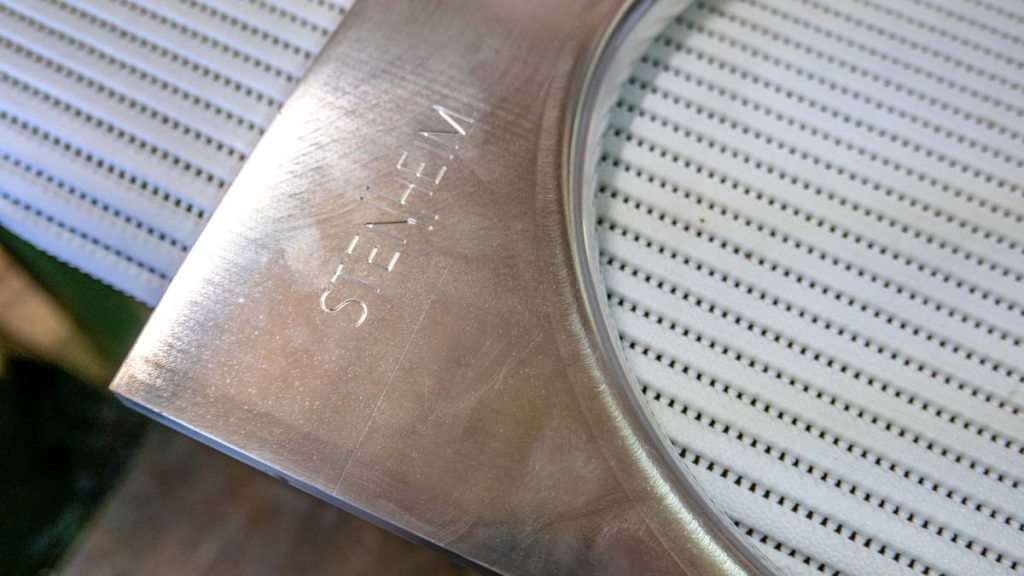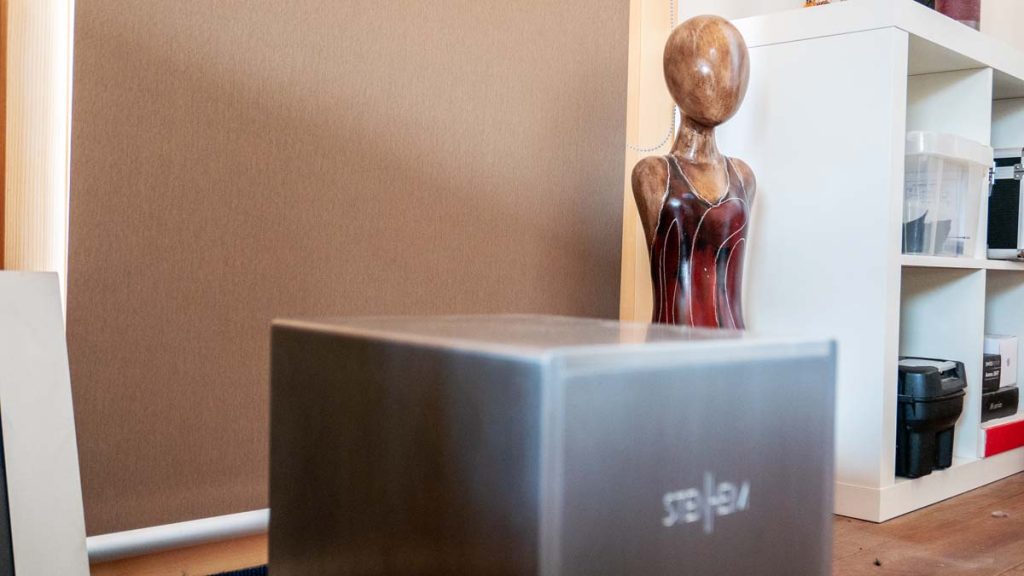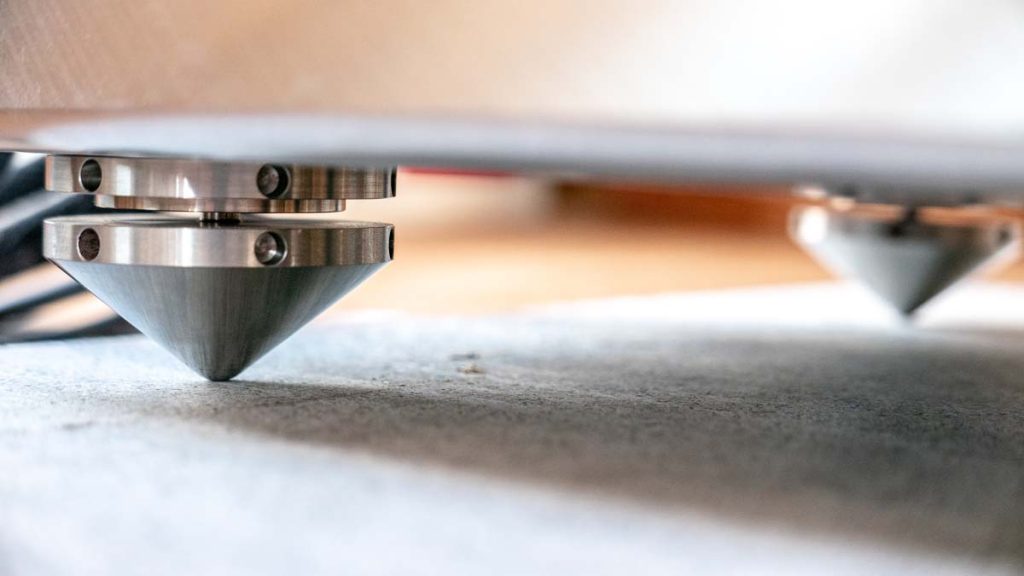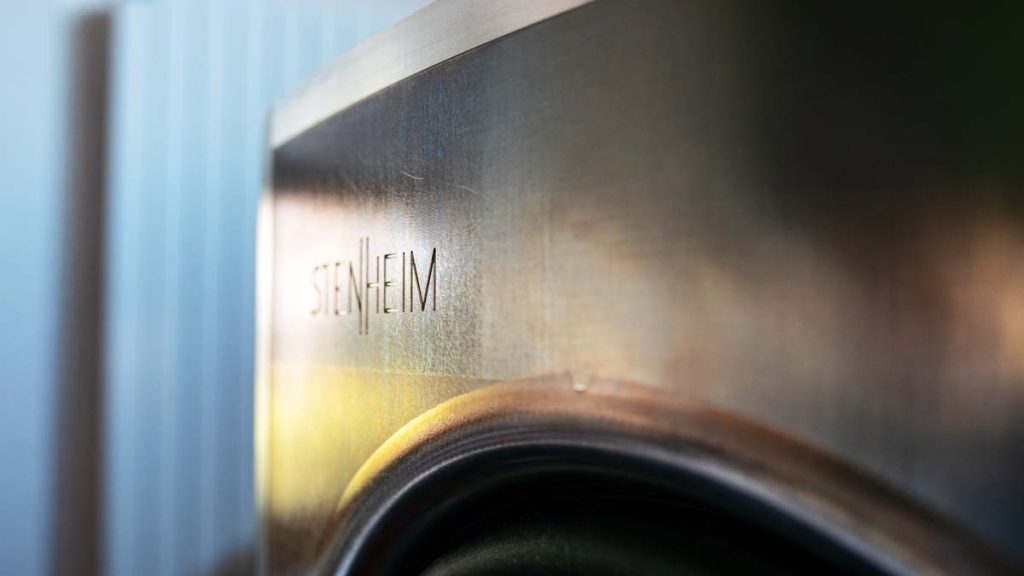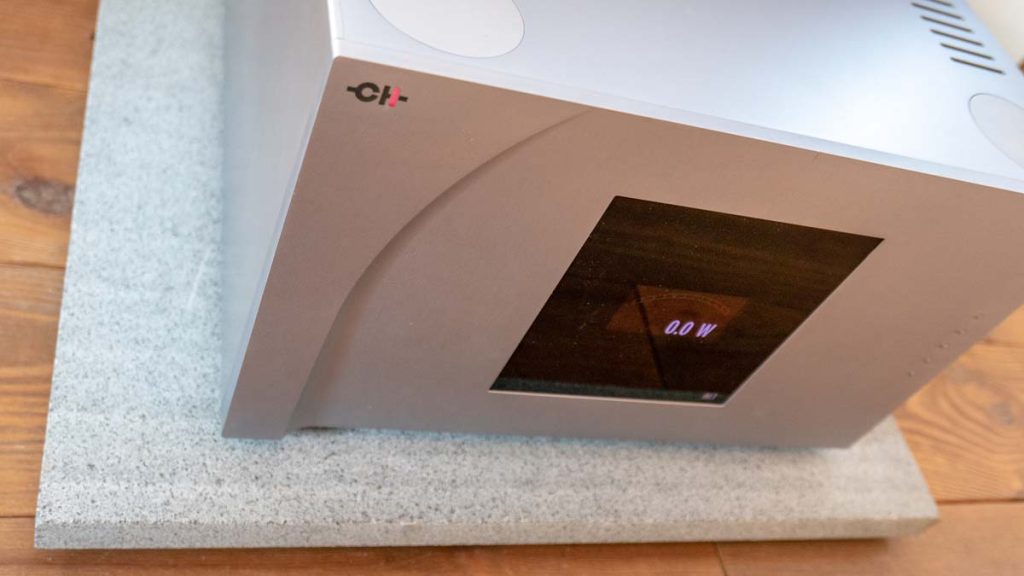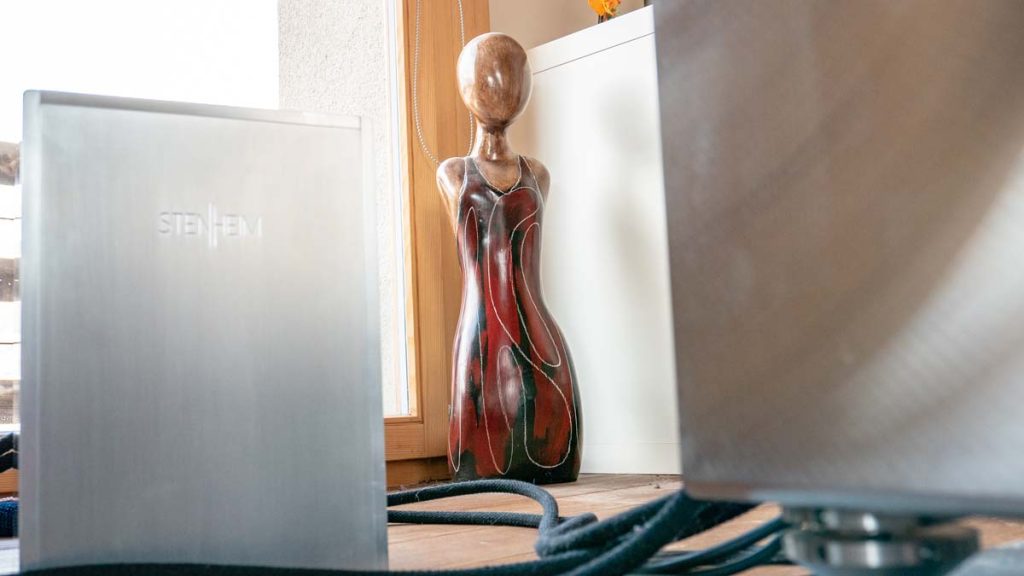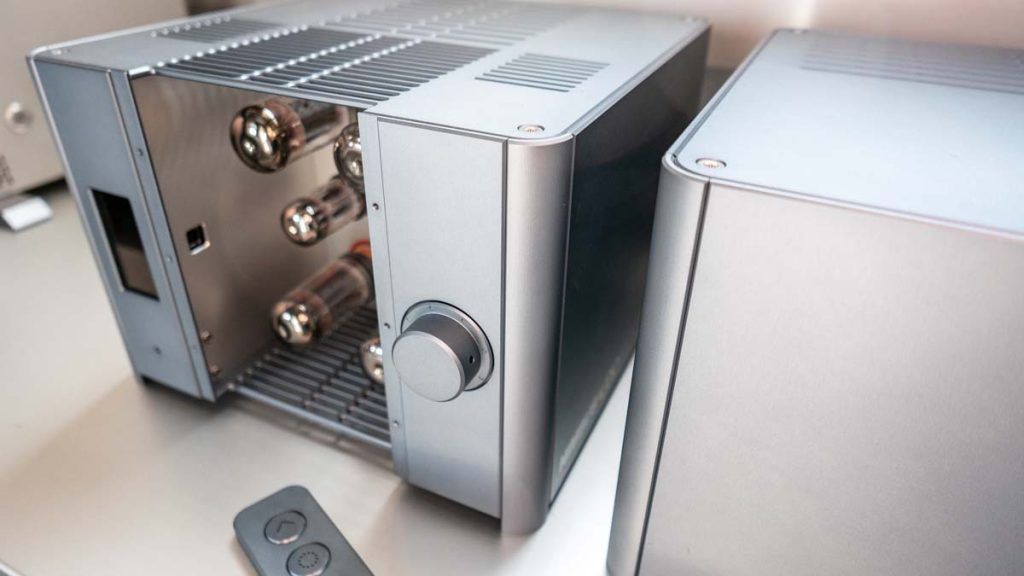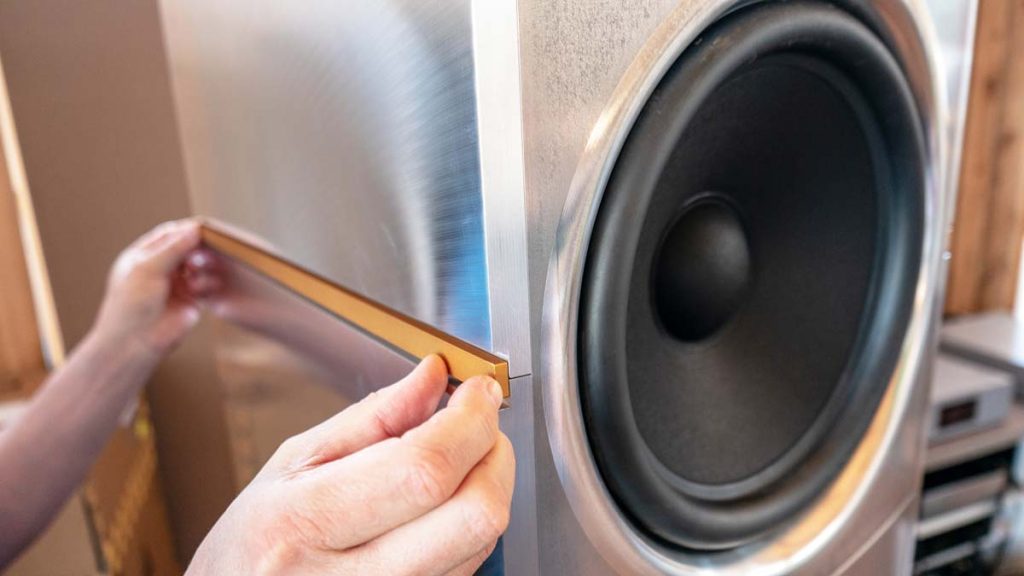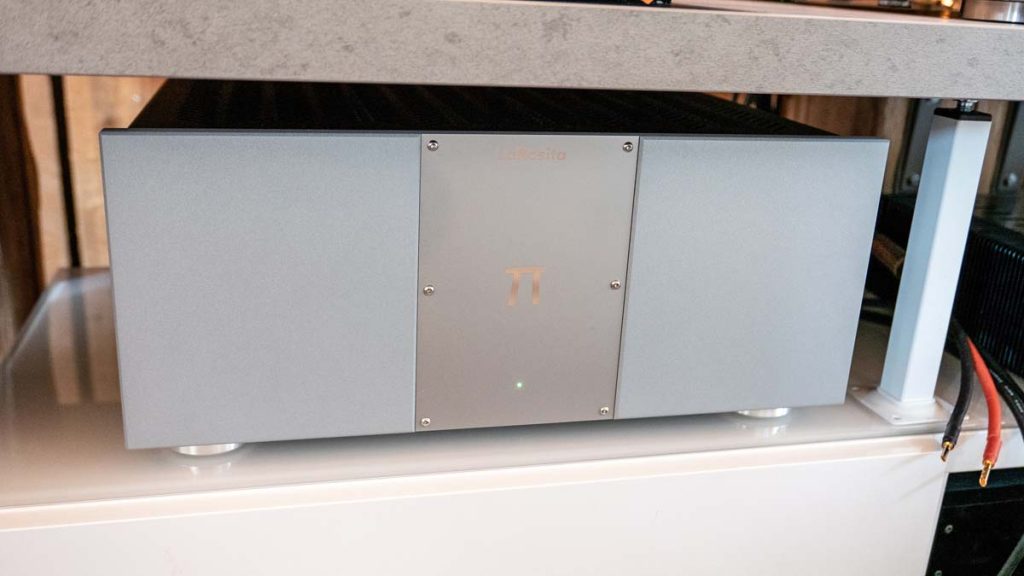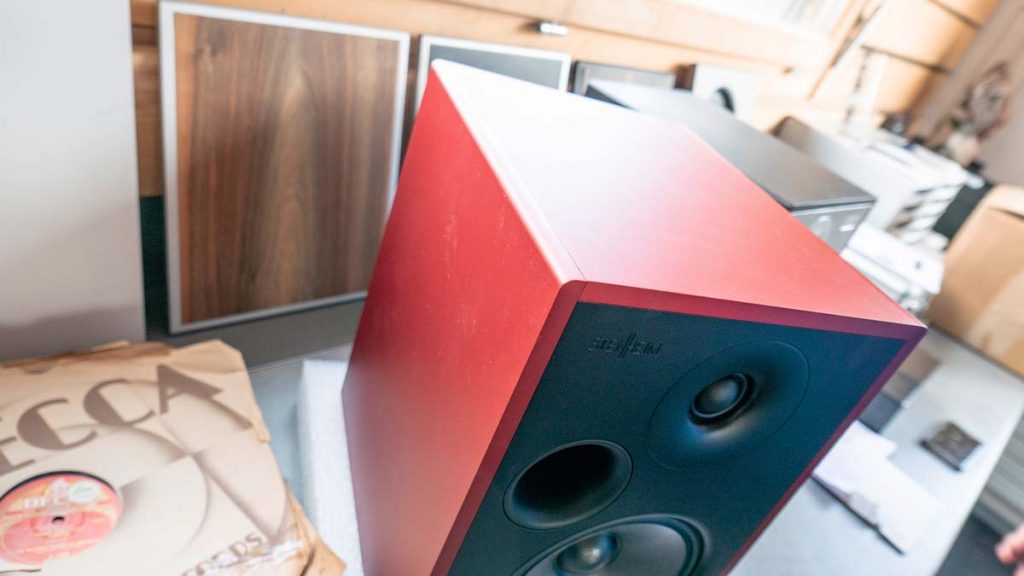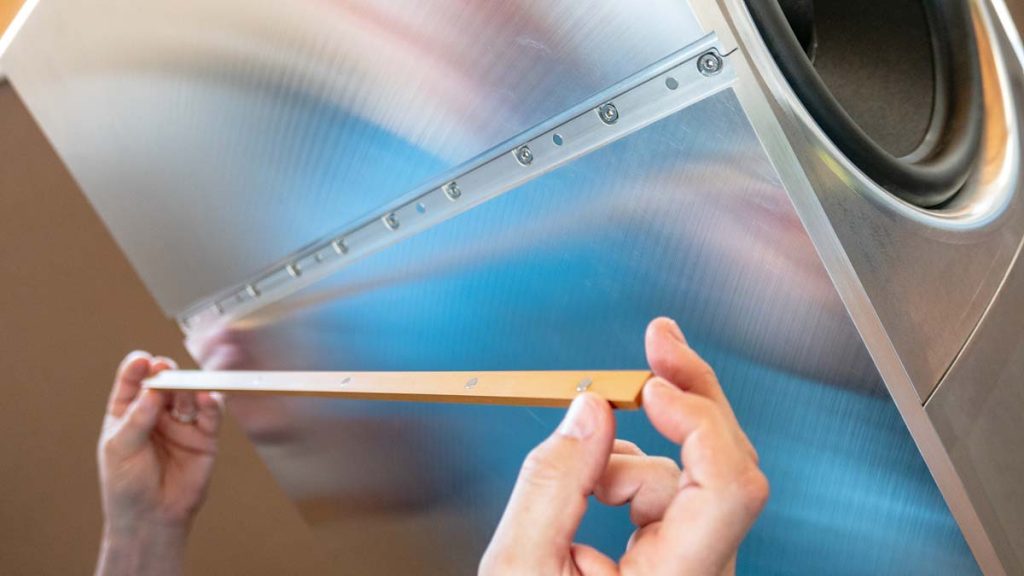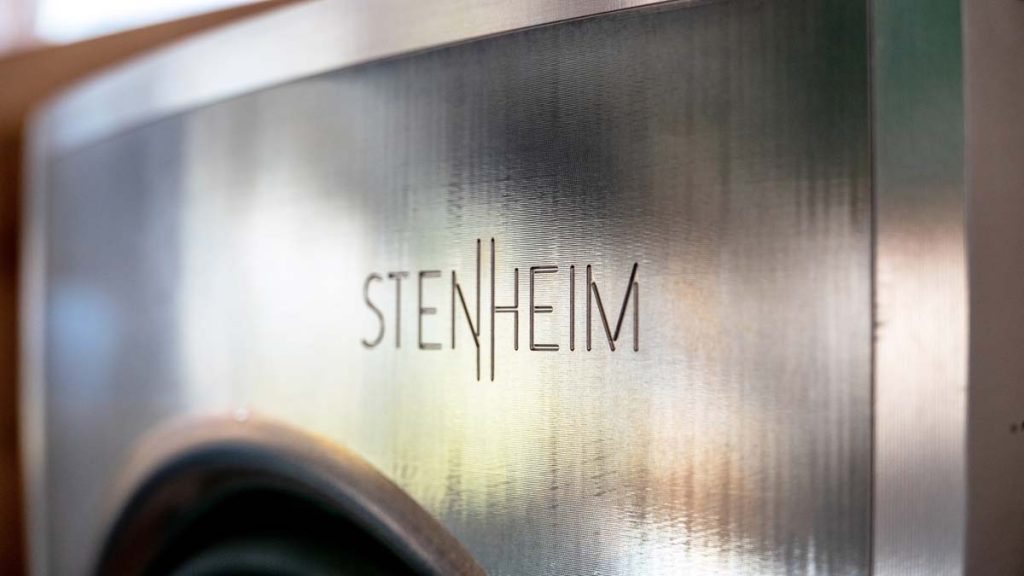Exploring Far-Flung Horizons
For our Stenheim visit, the Swiss region of Romandy gave us a flourishing fanfare and a warm welcome!
The blanket of clouds began to break up at just the right time, and the very first rays of spring sunshine burst through. Wasn’t Zurich still plagued with incessant gray clouds and never-ending traffic jams? I could let go of all those thoughts now as I headed west under a bright blue sky. It was my first time traveling through Romandy, the French-speaking part of western Switzerland, and I have to say the landscape was truly amazing. I fell under the spell of Montreux and Lake Geneva and cruised from one picture-perfect alpine panorama to the next: Sun-kissed, snow-capped mountain tops, craggy vineyards, and apricot orchards in hibernation as far as the eye could see as well as signage I half understood even without any school French. In short, the drive put me in just the right frame of mind for what was awaiting me at my final destination: ultra-luxury loudspeakers.
Where exactly is Stenheim, anyway?
It may sound like a quaint little village, but it’s actually not a place. Stenheim is the name of an exclusive loudspeaker manufacturer, one whose products have been impressing the FIDELITY editorial team for quite some time now. The compact Alumine Two model, for example, was “parked” in our listening room for a couple of weeks at one point. It impressed us with its crisp dynamics but didn’t (quite) manage to make its way into our already overloaded editorial schedule. The rather grandiose Stenheim Alumine Five has thrilled us with its outstanding performance at many a hi-fi show. And now I was suddenly presented with the opportunity to take time to experience one of the two even more extravagant top-of-the-range models (which have still yet to appear in the German price list). What’s more, I was getting to do this in the perfect setting for any Stenheim: the boss’s private living room — probably the company’s most important listening room. So something definitely worth a trip to Romandy and the canton of Valais, especially as it fit so neatly into my already jam-packed calendar…
High-brow barn
Thanks to my trusty GPS, I reached Stenheim and ultimately Jean-Pascal Panchard’s residence as the Alps’ shadows grew longer but before sun had set. Here is where the Stenheim boss owns and uses an exceedingly imposing audio system. In and of itself, that’s not particularly unusual for a high-end audio developer. Far more tantalizing is the fact that Monsieur Panchard and his private system recently moved out of the estate’s main building and into a former barn on the premises. Why did that happen? Well, because it was revamped both in terms of style and substance by an architect friend of his. Since being completely overhauled, the former barn is now both a treat for the eyes and for the ears. Whether as a realist you think this building offers “musical enjoyment with panoramic Alpine views” or as a hi-fi enthusiast “mountaintop views with a panoramic music system,” either way, the otherwise impressive main house simply can’t compete.
The open-plan, music-focused living room of the Stenheim CEO boasts a net floor space of 53.0 square meters and a ceiling height of 3.8 meters, which even increases to about 5.2 meters at the gable. This made it possible to both realize access to the smaller patio on both sides of the system and create a large window area that goes “over and above” in the truest sense of the expression, and lets you savor a completely unspoiled mountaintop view while listening to music. I’m tempted to say you can almost have too much of a good thing… That, of course, is not true, and I’ll get to the details later on.
The architect, Yves Coppey, has managed to create an ambiance that successfully marries the romantic charm of a barn with hi-fi luxury. Reminiscent of its former use, the building has an abundance of wood throughout as well as a sturdy structure that displays ample ability to handle extremely heavy loads. The large, substantial room also provides a wealth of space for activities that go beyond audiophile exploits and, despite the adjoining open-plan kitchen and mezzanine, sounds “naturally” great. In fact, according to a very pleased Jean-Pascal Panchard (JPP), no special acoustic tuning has ever been required for getting even top high-end systems to achieve peak performance or for testing audiophile prototypes, or for fine-tuning the sound quality of Stenheim products — often one and the same thing. These are the things JPP often and happily takes care of here.
Fondue for five
Shortly after I arrived at the home of Jean-Pascal and his charming wife, Pascale, my attention was drawn to two large aluminum towers bearing the Stenheim logo, even without them producing any music. While I was lurking around the sculptures in a trance, two more music enthusiasts entered the room to complete our group: Melanie Groetsch from the Clearaudio service team, and Yves Coppey, the architect behind this audiophile’s dream of a former barn. JPP had invited the two experts should further details need to be clarified. That meant the former barn was filled with people who had a real passion for music and engineering. As you might imagine, I was all hyped up and ready for the performance by this point.
Pascale and Jean-Pascal’s cat, on the other hand, wasn’t interested in the slightest. She had found a nice, comfy spot in an empty fruit bowl sitting on the sideboard and was squinting over at us half asleep.
The first dozen tracks belted through the huge Stenheim towers and filled the room with sound when another sense other than our hearing began to be stimulated: Over in the kitchen, a cheese fondue was gently starting to take shape, though luckily this had not (yet) pulled me out of “listening mode,” a state I was able to enjoy stretched out on a large green sofa slap bang in the middle of the sweet spot. When, a good one and a half to two hours later, it came bubbling out of the kitchen and joined the properly decanted wine at the table to invitingly call us over with their delightful aromas, we all took a short (okay, more of a medium-length) break from the music. Had anyone even noticed that it had now grown dark?
Sense and sensibility
First my ears, then my taste buds were in for a treat. The initial few tracks had just played on the system installed here, deeply impressing me. Now delicacies of both the food and beverage variety were delighting my senses. The wine choice proved the perfect match for the cheese fondue, which, I have now discovered, is typically served in the canton of Valais with a special tomato sauce. Our hosts treated us to other regional delicacies as well. Are all Swiss people (and not just the inhabitants of Romandy) gourmet cooks? It sure seems so to me. At the very least, a love of food may be a good starting point for wanting to actively develop the other senses as well. One’s sense of hearing, for example.
So it’s high time to take a closer look at Jean-Pascal’s impressive system. Since the huge silver iridescent aluminum towers are what first caught my eye and constituted the very reason why I embarked on this journey, let’s be unconventional and start back to front with the huge Stenheim loudspeakers.
Nomen est omen
As already mentioned, the loudspeakers are the Reference line Ultime model that Stenheim supplies as a standard “passive-active” design. Also as standard, the powerful four-way system with sealed aluminum housing features external crossovers that also sit inside the company’s trademark solid aluminum block. The alluring “roughly burnished” surface of the aluminum housing is, however, a departure from the usual Stenheim color palette, though special-edition models and beta-test prototypes are to be expected in the boss’s home. “There are versions that require less care and maintenance,” JPP said with a twinkle in his eye. “In fact, that applies to all the other ones, if I’m being honest.” For the Ultime, the Stenheim boss actually prefers more of a matte anodized surface with standard color options for the motorized angle-deviating mid-range tweeter section. In the case of this custom-made design, where the housing looks “fresh off the milling machine,” the colored elements are limited to two subtle sidebars on each side. They’re held in place magnetically, neatly conceal the screws of the interlocked housing modules and can be easily changed. What’s more, they add to the Ultime’s sophisticated appearance, and the all-round “raw” look is nothing short of seductive: I wasn’t sure I’d ever seen a surface that fit in so neatly with its surrounding decor yet managed to focus everyone’s attention squarely on it. Thankfully my camera captured the light and colors reflected on the burnished surfaces that came across so naturally and reminded me quite a lot of the electronic components made by Jeff Rowland.
Incidentally, Jean-Pascal refrained from changing the angle of the Ultime’s motorized mid-range tweeter module to suit the listening position in the living room. He had already achieved the correct angle deviation during setup; the 240-kilo loudspeakers and their “rounded spikes” were placed on highly resilient stone bases to achieve the perfect angle for the sweet spot. The resulting sound was fittingly vast and extensive yet focused with pinpoint accuracy and unrestricted in every conceivable, audible dimension. Listening tests are so much more enjoyable when everything is perfectly prepared in advance.
Team effort
The accompanying CH Precision amplifier electronics were, in terms of appearance, considerably more conservative than the spectacular “aluminum beasts.” They’re also made in Switzerland and Jean-Pascal is fond of these simple yet beautiful components because of their incorruptible sound quality. Every now and then, JPP takes a look at other amplifier beauties such as the magnificent specimens from DartZeel. In the current setup, however, hefty CHP M1 amps were powering the (noticeably sensitive yet highly resilient) Stenheim Ultime. A CH Precision CHP L1 was in charge of the central management of all incoming music signals. Players included a La Rosita p (Pi) and a Mac as a music server. Some digital data was also fed in through an L’s Audio DAC. This was my first encounter with this brand. Presumably it was Swiss, I thought. JPP informed me that it was actually a DAC preamp that a friend of his had built himself and, believe or not, it “sounded rather good.” Jean-Pascal also had nothing but praise for the CH Precision P1 phono equalizer, which, employing a special technical adaptation feature, imparted a real sense of analog joy. Incidentally, the phono stage had only been enjoying center stage “since precisely yesterday.” Why was that?
Black gold
Precisely one day prior to my arrival, a Clearaudio Innovation turntable had arrived. It was equipped with both the TT-3 tangential tonearm and the Universal 12″ radial tonearm. A Clearaudio DaVinci V2 had been mounted in each tonearm. I was already very familiar with this setup: We use a very similar configuration in the FIDELITY listening room as an analog benchmark and are quite happy with it. Melanie, the Clearaudio service team rep, was also very happy. She does a lot of traveling around Switzerland and had wondered how good the sizable Clearaudio turntable would perform in the semi-private Stenheim setting. The answer to her question was clear to see both in the faces of the guests and in the laid-back manner the analog “playlist” (i.e., the pile of vinyls waiting to be played) kept growing. During each break, each of us managed to find at least one more record on the shelf that “simply had to be heard.” And that’s exactly how it should be when everything is working perfectly.
However, sometime late into the night, we found it was high time to stop pulling out more black vinyls, drinking more black espressos, and gazing at the still mesmerizing mountains that, well, weren’t really all that black under the full moon. We decided to wait until tomorrow to continue our thrilling radial tonearm and tangential tonearm comparison, which had already been going on for hours. And now I’m utterly amazed to see that I haven’t yet made a single comment about the actual loudspeakers. The Reference Ultime loudspeakers had been transporting the music so effortlessly that this couldn’t have constituted anything else but a perfect example of analog playback at its best. Adding a bit of variety to the mix now and then, all the subtle nuances achieved with the turntable adjustments, which Melanie had up her sleeve as part of what can only be described as “enhanced Clearaudio premium service,” were clearly and obviously attributable to the source. Every quarter turn here and every tenth of a gram there were immediately discernible. The loudspeakers kept their noses out of the analog service without adding anything of their own.
As a matter of fact, a hi-fi system of this caliber makes it a real walk in the park for determining the right direction to go to arrange devices and all their features. The Ultime demonstrated both how well the newly integrated turntable fit in with the overall system and how well all the components complemented each other in this room. Or, stated differently: The system as a whole was a great match for the room.
Woofer instead of wine?
The next morning, a slightly smaller group of us continued our special summit meeting. Jean-Pascal started the new day’s listening session by summarizing the previous evening’s experience: “Over Stenheim loudspeakers, music should sound live and natural and have realistic, virtually unrestricted dynamics so the very essence of live music can be effortlessly captured.” And this was exactly the type of impressive performance the Reference Ultime delivered the second day as well. In no way did mediocre recordings sound limp or listless. Instead, they blossomed to their own maximum splendor and proved thoroughly enjoyable despite the easily detectable weaknesses and without pretending to be something they weren’t. Outstanding productions with their seamless, merciless and compression-free dynamics left us utterly spellbound. A feast for mind, body and soul.
Upon closer inspection of certain details — for instance, Jean-Pascal’s charming rustic hi-fi rack — it was clear the setup had even greater potential. A highly ambitious system is never really perfect; instead, it encourages you to make continuous enhancements. You could even, for example, literally make another “statement” about the two “most striking” products: With its out-of-this-world Statement model, Clearaudio has anchored the mother-of-all vessels in the analog harbor. For its part, Stenheim offers the Reference Statement system, which is a step up from the Reference Ultime. The Reference Statement quartet comprises two loudspeaker sculptures that resemble the Ultime towers on many levels as well as two additional subwoofer towers in XXL format. This means the Reference Statement system engages a total of 12 subwoofers that casually descend to 10 hertz and are driven by integrated power amplifiers that have more than 10,000 watts of power. Weighing in at 1.2 tons, there is a touch of sweet hi-fi insanity about it all.
But why does the boss “just” have a pair of Ultime loudspeakers at home and not a set of Statements? My initial thought was such a quartet would block the view of the mountains a bit. Besides that, the wine refrigerator in the corner wouldn’t be so easily accessible. And what about the structural integrity of the barn? Jean-Pascal has, of course, already put these options to the test. But with the typical precision and sober approach of a laid-back professional from Romandy, he decided in the end to leave the current setup as is — at least for the time being. After all it’s “not so bad,” as he put it in English peppered with a bit of French.
And he’s right: The overall resulting sound of “only” the second-largest source and loudspeaker solution was so impressive that I couldn’t find a single fault anywhere. My lips are sealed though when it comes to the price tag for the pair, okay? Ultime loudspeakers are something you either dream of (but will never attain as they are from another world) or at some point actually purchase for good reason — if, for example, a sense of style, a certain level of financial independence, and, of course, an unbridled passion for music enjoyment come together.
Hard rock with lake views
On my way home, I had enough time to mull over an amusing ultraluxury dilemma: If I were an Ultime owner, would I trade in a mountaintop view and access to the wine refrigerator for an upgrade to a Statement? What a question! I was now more interested in why I was sitting in a traffic jam in Villeneuve (canton Vaud) of all places. Isn’t Villeneuve a name from the Formula One racing world? Two kilometers later, still stuck in traffic but now with a superb view of Montreaux on Lake Geneva, my thoughts returned to the matter at hand. “Smoke On The Water” inevitably popped into my head. The hard-rock anthem was recorded here in 1972 and catapulted Deep Purple into rock stardom. A couple of hours earlier in Jean-Pascal’s music-filled former barn, I hadn’t just heard the musical and physical power of this song; I literally felt it coursing through my body. And in a split second I could still call up the energy this rather worn-out song had pumped into the room. Hats off to a seriously impressive set of loudspeakers!
Owner and head developer of Stenheim
JEAN-PASCAL PANCHARD
Born in 1961, Jean-Pascal Panchard is from the canton of Valais. The always-friendly, relaxed professional who’s “proud to be from the French-speaking region of Switzerland” is a trained electrical engineer. He worked for hi-fi and high-end specialist retailers between 1985 and 1995 before joining the Swiss high-end specialist Nagra. In 2012, the then-fledgling manufacturer Stenheim, whose founders, former Goldmund engineers, had been successfully headhunted by Devialet, was looking for a new owner. As Nagra continued to hesitate too long, Jean-Pascal quickly seized the opportunity to take the reins himself and determine Stenheim’s destiny as its CEO. Since taking over in 2012, he has continuously expanded the manufacturer’s portfolio with around half a dozen employees.
Accompanying equipment
Turntable: Clearaudio Innovation | Tonearms: Clearaudio TT-3 and Universal 12″ | Cartridge: Clearaudio DaVinci V2 | Phono equalizer: CH Precision P1 | Audio streamers: La Rosita π, Apple MacMini | DAC: DIY | Preamplifier: CH Precision L1 | Power amplifier: CH Precision M1 | Loudspeakers: Stenheim Reference Ultime | Cables: Charles Brandt
Audio, CH Precision | Rack: DIY
Floorstanding Loudspeaker
Stenheim Reference Ultime
Functioning principle: Four-way sealed-box loudspeaker with external and internal crossover | Sensitivity (2.83 V/1 m): 96 dB | Power-handling capacity (bass/mid-range tweeter unit): 1,400 W/250 W | Frequency response (manufacturer’s specifications): 15 to 100,000 Hz | Drivers: Four 32-cm woofers (two of which are located on the rear), two 17-cm mid-ranges, and one dome tweeter (in D’Appolito configuration); one ribbon super tweeter | Special features: Full aluminum housing, motorized angle-deviating mid-range tweeter unit, closed chambers for each chassis, two stereo or four mono power amps per pair required for operation | Finishes: as standard, matte-finished aluminum; mid-range tweeter module in contrasting color; sidebars color anodized | Loudspeaker dimensions (W/H/D): 37/167/56 cm | Loudspeaker weight: about 240 kg | Warranty period: 10 years | System price with passive crossover: €197 250
Stenheim
Route des Gorges 6
1963 Vetroz
Switzerland
Phone +41 (0) 79 2200222

